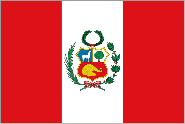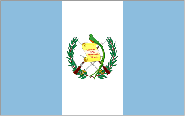Non-Governmental organizations
Taxonomy Term List
National Adaptation Plan (NAP) support project for adaptation planning and implementation in Azerbaijan
Financed by the Green Climate Fund (GCF) this project will support the Government of Azerbaijan (GoA) to facilitate the development of the National Adaptation Plan (NAP) and improve climate change adaptation (CCA) actions in three priority sectors identified by the Ministry of Ecology and Natural Resources (MENR) of the Republic of Azerbaijan through stakeholder consultations: water, agriculture and coastal areas. The NAP readiness support aims to increase climate resilience and adaptation capacity in three priority sectors through the implementation of actions that will reduce or eliminate barriers for an effective adaptation process at the national and local levels.
The primary beneficiaries from this GCF project include the national government, specifically agencies in the three priority sectors, as well as local communities.
The main objective of the “National Adaptation Plan (NAP) support project for adaptation planning and implementation in Azerbaijan” is to increase capacity on climate resilience and adaptation in three priority sectors to reduce or eliminate barriers for an effective adaptation process at the national and local levels.
The Nationally Determined Contributions (NDC) submitted by Azerbaijan in 2017 highlights the need to “develop relevant adaptation measures for decreasing or minimizing the losses that may occur at national, local and community levels per sector.” The priority sectors were identified as water, agriculture and coastal areas. The expected increase in extreme events on the Caspian Sea coastal areas, such as extremely high waves, strong winds and flooding, make those areas particularly vulnerable to climate change and requires the development of targeted adaptation programmes. The stocktaking exercise in 2017 has identified barriers including: a) Limited access to data including limited data exchange by stakeholders in Azerbaijan; b) Insufficient institutional and technical capacity on climate change adaptation at managerial, expert/practitioners and community levels; c) Limited mainstreaming of adaptation in national, regional, local and sectoral planning, budgeting and regulatory framework; d) Limited institutional coordination; and e) Limited monitoring, evaluation and analysis of past and current programmes on climate change adaptation.
This project aims to address the identified barriers and improve adaptation planning in Azerbaijan focusing on three main areas:
- Improve data availability, access and sharing for decision making. The project will establish mechanisms and data solutions to facilitate increased access and sharing of climate and weather information in Azerbaijan, as well as improve the coordination among institutions.
- Enhance institutional and technical capacity for climate change adaptation in water, agriculture, and coastal areas. Limited institutional and technical capacity hinders not only the mainstreaming of CCA considerations into planning processes, but also the implementation of adaptation actions at the national, regional and local levels. A national gender-sensitive CCA capacity building programme will be developed that addresses the gaps in knowledge and capacity of key stakeholders at all levels: from government decision makers and technical personnel, to local communities and the private sector.
- Increase mainstreaming of CCA considerations into planning at national, regional, local levels in the priority sectors. An Adaptation Working Group (AWG) will be established at the national level, a body that will coordinate the development of a NAP Roadmap document. Further planned activities to advance mainstreaming include the development and application of tools (manuals, guidelines) for the inclusion of CCA considerations into sectoral planning, the improvement of the legal framework for adaptation in priority sectors (water, coastal areas, agriculture), the screening, appraisal and accounting of adaptation in public and private investments and the development and implementation of a monitoring and evaluation (M&E) system for adaptation that is compatible with the Strategic Development Road Maps (SDRM) of Azerbaijan.
Project updates
- Comprehensive assessment of existing and needed climate data and vulnerability studies and supplemental CCA vulnerability studies for priority sectors completed.
- Charter for Adaptation Working Group established to coordinate adaptation planning at the national level.
- Climate Vulnerability Index for the country was developed and is available for use. Gender workplan for the project was developed and is used for the project activities.
- Capacity needs assessment for the development of ‘university specialized diplomas and certificates’ for climate change adaptation was conducted.
- The process to develop an online climate change platform is initiated.
- The analyses of the National Legislation on Climate Change was conducted, and the recommendations are being followed-up, including the preparation of new legal documents.
- The series of capacity building and public awareness workshops/seminars for technical personnel and students were organized in the capital as well as in the different regions of Azerbaijan.
- The capacity needs assessment for the decision-makers was conducted and policy briefs were prepared accordingly.
- A workshop, co-hosted by the United Nations Development Programme (UNDP) and the Ministry of Ecology and Natural Resources (MENR), on “Preparation of National Adaptation Plan” was organized to deliver recommendations and possible amendments for Azerbaijani legislation on effectively tackling the impacts of climate change.
- The Project team in collaboration with the Ministry of Ecology and Natural Resources and the Ministry of Agriculture, organized a series of training sessions on “Climate change adaptation in agriculture” to discuss climate impacts and Azerbaijan’s agricultural problems with the local communities.
- In collaboration with the Ministry of Ecology and Natural Resources, the NAP project team held three study tours for Azerbaijan’s government representatives, with a special focus on climate change impacts on the vulnerable sectors.
- The Projects team delivered modern equipment to the Situation Center under the National Hydrometeorological Service.
- In collaboration with the Ministry of Ecology and Natural Resources, the NAP project team organized three study tours for Azerbaijan’s government representatives, with a special focus on climate change impacts on the vulnerable sectors.
- The NAP project team held the School Symposium on Climate Change Mitigation and Adaptation measures for schoolchildren in April 2023. The symposium provided a platform for high school students to showcase their research projects on climate change mitigation and adaptation measures.
- NAP project team has recently organized a study tour for Azerbaijani government representatives, in partnership with the Ministry of Ecology and Natural Resources. Focused on climate change impacts in vulnerable sectors, the tour aimed to educate government officials on effective adaptation practices, particularly in regions facing heightened vulnerability.
Outcome 1: Improved data availability, access, and sharing for decision making.
Outcome 2: Enhanced institutional and technical capacity for climate change adaptation in water, agricultural and coastal areas.
Outcome 3: Increased mainstreaming of climate change adaptation considerations into planning at national, regional, local levels in priority sectors.
UNDP Press release: EU & UNDP keep taking actions to address climate change (2023)
Report.az: UNDP ready to support Azerbaijan’s efforts to combat consequences of climate change (2023)
Azerbaycan24: UNDP ready to support Azerbaijan’s efforts to combat consequences of climate change (2023) Also available in Azerbaijani and Russian.
Video: AzTv on YouTube (in Azerbaijani) (2023)
Knowledge competition dedicated to the World Environment Day was held (2022)
Azerbaijan marks the start of the National Adaptation Plan process for climate change resilience (2021)
Issues related to climate change adaptation plan were discussed (2021)
Issues related to climate change adaptation plan were discussed in ADAU (2021)
Coverage on social media
UNDP Project team collaboration with the Ministry of Ecology and Natural Resources, held three study tours for Azerbaijan’s government representatives on Facebook, X and Instagram.
UNDP organized a study tour for Azerbaijani government representatives, in partnership with the Ministry of Ecology and Natural Resources (Media coverage from Reportyor.za)
The Projects team delivered modern equipment to the Situation Center under the National Hydrometeorological Service on Facebook and X (2023).
Training in Guba and Khachmaz on Facebook, X and Instagram (2023).
Training in Salyan and Neftchala on Facebook, X and Instagram (2023).
Training in Lankaran on Facebook, X and Instagram (2023).
Training in Nakhchivan and Sharur on Facebook, X and Instagram (2023).
A workshop with UNDP and the Ministry of Ecology and Natural Resources (MENR), on “Preparation of National Adaptation Plan” was organized to deliver recommendations and possible amendments for Azerbaijani legislation on effectively tackling the impacts of climate change and featured on Facebook, X and Instagram.

GCF National Adaptation Plan project in Bhutan
Climate change is expected to bring a raft of changes to Bhutan, including long-term impacts such as rising average temperatures, reduced dry-season precipitation coupled with increased wet-season precipitation, intensified rainfall events, erratic rainfall patterns, and altered monsoon timings. Additionally, the country faces heightened risks of hydro-meteorological and geological disasters, including glacial lake outburst floods (GLOFs), landslides, earthquakes, river erosion, flash floods, windstorms, and forest fires due to climate-related factors.
The hydropower, agriculture, and tourism sectors, collectively contributing nearly a quarter of GDP in Bhutan, are significantly vulnerable to climate variability and natural hazards. In response, this project, supported by the Green Climate Fund (GCF), is dedicated to assisting the Royal Government of Bhutan in further advancing its cross-sectoral National Adaptation Plan process. The project's primary goal is to reduce vulnerability to climate change impacts by enhancing adaptive capacity and resilience. It seeks to facilitate the coherent integration of climate change adaptation into new and existing policies, programs, and activities, especially within development planning processes and strategies across various sectors and at different levels. This includes establishing a robust monitoring and evaluation system for effective implementation.
Despite significant socio-economic progress, Bhutan faces the potential reversal of gains due to the adverse impacts of climate change. Bhutan initiated its National Adaptation Plan (NAP) process in 2015, building on the 2012 National Adaptation Programme of Action (NAPA). The NAP project aims to align with Bhutan’s Nationally Determined Contribution (NDC) by accelerating medium- to long-term adaptation efforts, focusing on priority sectors, such as water resources. In addition, the project seeks to enhance Bhutan's NAP process by addressing challenges related to coordination, learning, awareness, technical capacity, systematic identification of adaptation options, and monitoring and evaluation.
National-level outcomes involve enhanced coordination, knowledge management, technical capacity for climate scenarios, vulnerability assessments, appraised and prioritized adaptation options, and the formulation of the NAP with capacity for implementation and monitoring established. These outcomes include both a comprehensive component on water resources and activities across other climate-sensitive sectors in Bhutan. Barriers to adaptation planning in Bhutan are being identified and addressed through the formulation of the NAP, while institutional frameworks and systems are being strengthened to enable long-term decision-making for climate change adaptation.
This initiative, led by the National Environment Commission Secretariat (NEC) in collaboration with various partners, builds on existing coordination efforts with UNDP and past adaptation projects, such as the GCF Readiness and Preparatory Support project “Strengthening the Capacity of NDA to access resources from the Green Climate Fund.” Mandated by Bhutan's environmental protection and water acts, the NEC’s central role is to ensure synergy with ongoing activities and prioritize adaptation options.
Project Updates
The NAP project has achieved significant milestones, including the successful publication of Bhutan’s NAP by the UNFCCC in September 2023, marked by strong ownership from the NEC and effective guidance from the Project Board and Technical Working Group. Additionally, the submitted NAP serves as Bhutan’s Adaptation Communication under the Paris Agreement. The NAP draft was presented to officials from all 20 districts, central-level agencies, development partners, civil society, private sector, and academia. A NAP implementation progress report was also produced aiming to inform the government, public, and international community about Bhutan's advancements in climate change adaptation.
The objectives of Bhutan’s NAP process are to:
1. Ensure a continuous, progressive, and iterative process to assess the vulnerability and adaptation needs across all sectors and levels in Bhutan recognising the special needs of vulnerable groups through the National Adaptation Plan process.
2. Promote the integration of climate change adaptation planning and implementation of adaptation actions into national and local level plans where possible.
3. Enhance the climate information and knowledge system to support a long-term, iterative process of adaptation planning and implementation.
4. Assess progress in adaptation including measurement of resilience and to climate change.
Project activities have made significant strides in establishing institutional arrangements, stakeholder mapping, and drafting NAP protocols and guidelines. Bhutan has successfully conducted capacity assessments, participated in global events, and developed data management protocols and a climate platform. Activities like stocktaking of climate information, vulnerability analyses, and sector-specific training programs have contributed to increased awareness and improved capacity. Notably, climate training sessions were conducted for mid-level civil servants in all 20 districts and 205 local governments and a report on climate change vulnerability analysis and mapping was compiled to evaluate vulnerable regions.
The NAP has actively incorporated insights from past vulnerability assessments, ensuring a thorough understanding of sector-specific vulnerabilities across Bhutan, including those from the Third National Communication (TNC) to the UNFCCC and various sectoral reports. This has supported sector prioritization and climate risk assessments on agriculture, health, forests and biodiversity, energy, and water resources. This includes a comprehensive assessment of groundwater in Sarpang District and preparations for the GEF-LDCF Urban Resilience Project, with a focus on Thimpu and Paro areas, addressing a mix of hard and soft adaptation priorities outlined in the NAP. Three key proposals have concentrated on green infrastructure for Thimphu City, web-based meteorological services, and a hydrological system for flood forecasting and early warning services, further contributing to Bhutan's robust approach to adaptation planning and capacity-building initiatives.
Outcome 1: Enhanced coordination, learning and knowledge management for an iterative NAP process.
Outcome 2: Technical capacity enhanced for the generation of climate scenarios and impact assessment.
Outcome 3: Vulnerability assessments undertaken and adaptation options prioritized.
Outcome 4: NAP formulated and capacity for implementation and monitoring established.
A milestone in Bhutan’s journey to adapt to climate change
Bhutan launches a new $8.9M project to build climate resilience of its water sector
Bhutan launches its first National Adaptation Plan
Safeguarding Bhutan's water in the face of climate change
NAP Expo 2023: What we heard on scaling up implementation of...
Bhutan pursues climate resilience with National Adaptation P...
Facing climate change challenges in the Kingdom of Happiness, Bhutan
Exposure: Advancing climate adaptation in Bhutan
Bhutan's climate ambition: showcasing leadership, delivering inclusive action
Exposure: At one with nature: Towards climate-resilient people, forests and wildlife in Bhutan
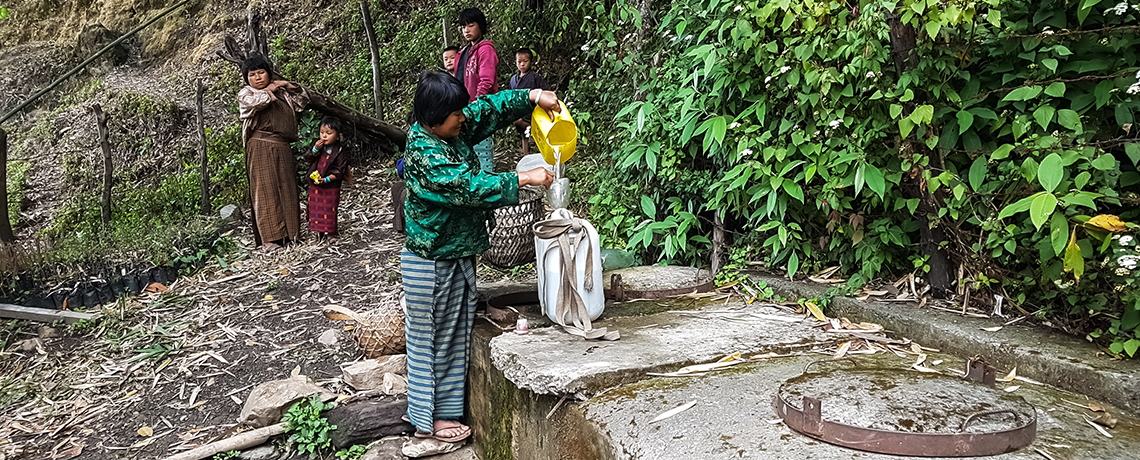
Addressing the Risks of Climate Induced Disasters in Bhutan through Enhanced National and Local Capacity for Effective Actions
The current NAPA II project, Addressing the Risk of Climate-Induced Disasters through Enhanced National and Local Capacity in Bhutan, will address urgent and immediate climate change adaptation needs and leverage co-financing resources from national government, bilateral and other multilateral sources, and the private sector. The project is working to “enhance national, local and community capacity to prepare for and respond to climate induced multi-hazards to reduce potential losses of human lives, national economic infrastructure, livelihood and livelihood assets.”
The USD 11.49 million project is funded by Global Environment Facility/Least Developed Countries Fund, and coordinated by the National Environment Commission Secretariat in partnership with UNDP, Bhutan. The project will safeguard essential economic and livelihood infrastructure in hazard-prone communities and key industrial areas from increasing climate hazards such as floods, landslides, windstorms and forest fire through reducing vulnerability at high-risk areas and increasing adaptive capacity of community-level disaster risk management institutions.
Source: UNDP Bhutan Project Identification Form (May 1, 2012), and the Bhutan NAPA II brochure, June 2015.
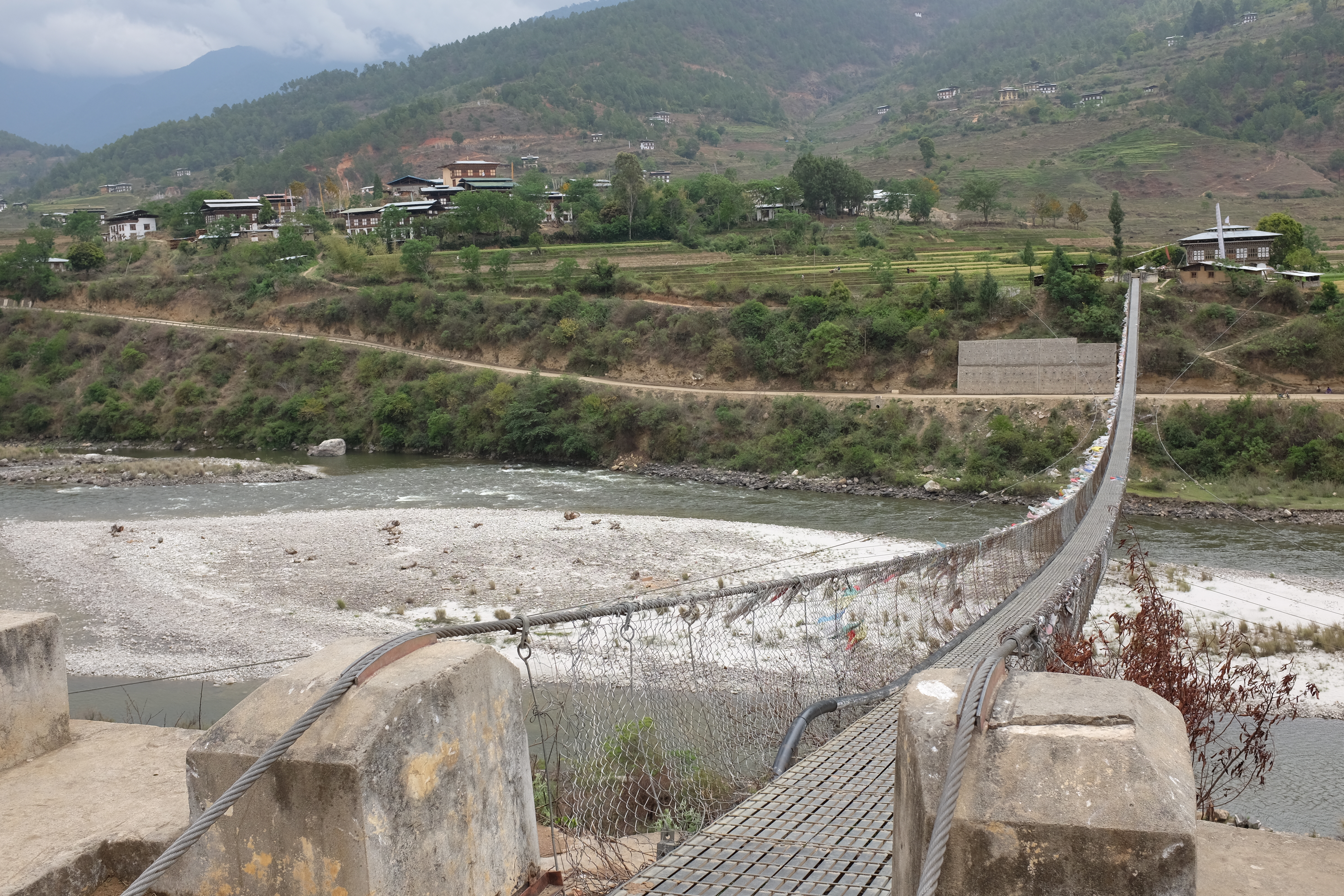
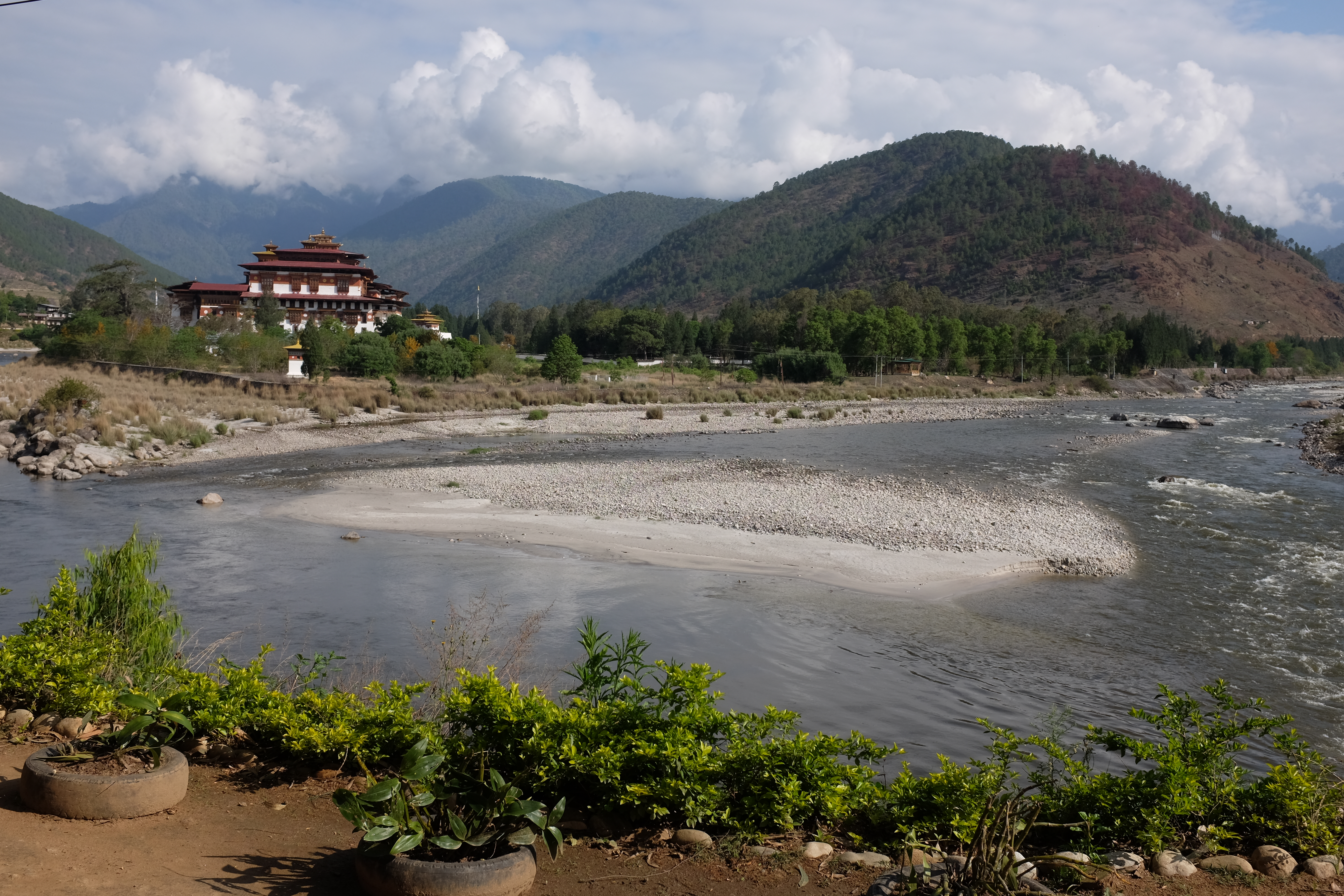
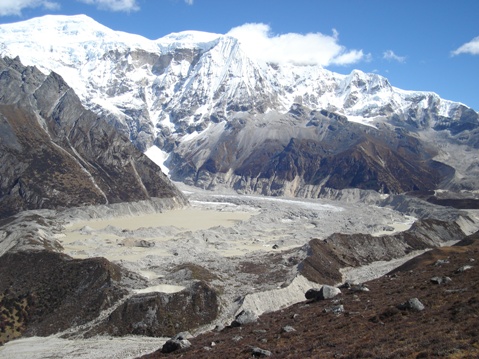
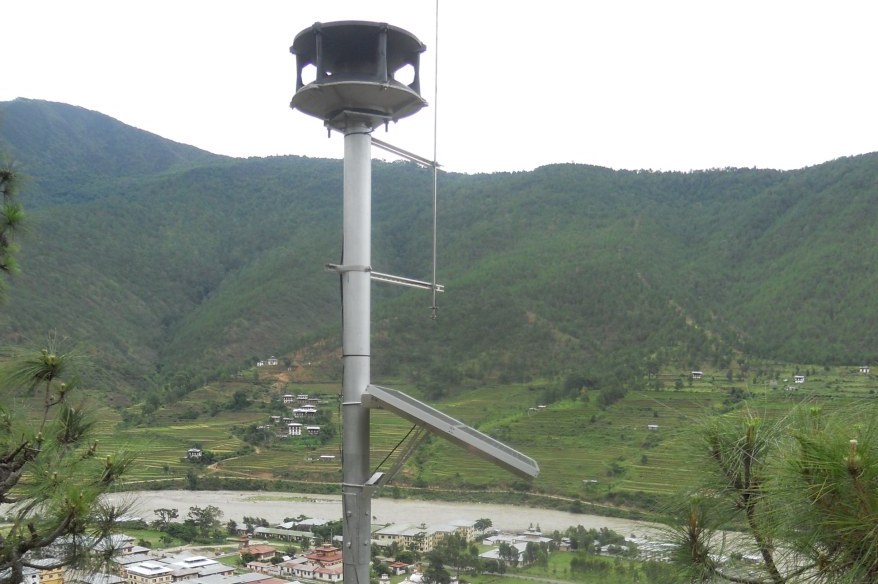
Brochures, Posters, Communications Products
Brochure - ADAPTING TO CLIMATE CHANGE: Implementing Bhutan’s National Adaptation Programme of Action (NAPA) II Project
Assessments and Background Documents
Plans and policies of relevance to NAPs for Least Developed Countries (LDCs)
Bhutan National Adaptation Programme of Action (NAPA) Official Document - May 2006
PIFs
The overarching objective of the project is to increase national, local and community capacity to prepare for and respond to climate-induced multi-hazards to reduce potential losses of human lives, national economic infrastructure, livelihoods and livelihood assets. This objective is fully aligned with the development priorities of the RGoB as set out in Bhutan’s tenth 5-year plan, which is in turn underpinned and guided by the long-term development vision of Gross National Happiness (GNH) and Bhutan 2020: A Vision for Peace, Prosperity and Happiness. Under the four pillars of GNH (i.e. sustainable and equitable socio-economic development; environmental conservation; preservation and promotion of culture; and good governance), the 5-year plan places a strong emphasis, among others, on balanced rural-urban development for poverty alleviation, expansion/maintenance of key economic infrastructure including road infrastructure that connects rural and urban centers, and strengthening of the agricultural sector which continues to employ the majority of Bhutanese and be the backbone of the rural economy.
This project will implement priority interventions addressed in Bhutan's National Adaptation Programme of Actions corresponding to the following objectives, in part or full, as outlined in NAPA profile:
- Disaster management strategy
- Weather forecasting system to serve farmers and agriculture
- Landslide management and flood prevention
- Flood protection of downstream industrial and agricultural area
- Rainwater harvesting
- Promote community-based forest fire management and prevention
Situated on the southern slope of the Eastern Himalayas, Bhutan’s landscape is mountainous and rugged with elevations ranging from 100m in the southern foothills to 7500m towards north. Due to its topography, habitable and arable areas are limited to approximately 8.3% and 2.9%, respectively, of the landmass. Agriculture, which employs 69% of the population and accounts for 78% of monetary income in rural households, and industrial activities are largely practiced in this highly confined space that its topography permits. While Bhutan is in general endowed with abundant water resources from the four major rivers and their tributaries, most of the large rivers are at the bottom of valleys and gorges rendering these rich water resources largely inaccessible for agriculture or domestic use. As a result, irrigation is limited to areas near small perennial streams that exist above main rivers and majority of farmers rely primarily on monsoonal rains, which account for 60-90% of annual precipitation.
Bhutan is one of the most disaster prone countries in the Asia-Pacific region, irrespective of the presence of climate change. The country is exposed to multiple hazards, most prominently flash floods, landslides, windstorms, earthquakes, forest fires, and glacial lake outburst floods (GLOFs). In terms of relative exposure to flood risks (as % of population), Bhutan ranks fourth highest in the region. Although the direct human risks of landslides, windstorms, and forest fires are not particularly higher compared to other countries, the socioeconomic repercussions from these events are thought to be high due to the baseline poverty prevalence.
Climate change is likely to magnify the intensity and frequency of these hazards. In fact, according to the International Disaster Database, among the top 10 natural disasters in Bhutan between 1900 to 2012, in terms of the number of casualties and number affected, all of them occurred in the last two decades (except epidemic outbreaks), which makes certain degree of attribution of climate change to the increasing magnitude of such hazards plausible. The most pronounced consequences of climate change in Bhutan are two folds: disruptions in the monsoonal system and increasing/intensifying trends of extreme hydro-meteorological hazards, both of which are obviously closely linked. These disturbances will amplify the socioeconomic challenges for the Bhutanese society, especially in rural areas where the majority of the population is engaged in rain-fed agriculture and rampant poverty makes them least equipped to adapt to creeping changes in climate.
Monsoon rains generally arrive during the summer months (from late June to late September). Downscaled simulations undertaken in Bhutan’s SNC indicate that the mean annual rainfall will increase by 26-30% by 2069 compared to the baseline year of 1980. This increase occurs primarily during the summer monsoon season while the dry winter season rainfall is projected to decline slightly. In addition, accelerated melting of glaciers, which act as a gigantic natural water retention and dispensing mechanism to communities downstream, is disrupting the hydrological regime of the perennial river systems in the region. All in all, climate change will increase the uncertainty of water availability throughout the year, and rural farmers are likely to have to better manage high fluctuation of rainfalls – increasing volume of monsoonal rain so that they can sustain longer dry periods. This poses significant risks to development when built rural infrastructure to alleviate water shortages, such as communal rainwater harvesting, is minimally available.
Source: UNDP Bhutan Project Identification Form (May 1, 2012)
- Outcome 1: Risks from climate-induced floods and landslides reduced in the economic and industrial hub of Bhutan
- Output 1.1: Protection of Pasakha Industrial area from flooding events through riverbank protection, river training and development of flood buffer zones
- Output 1.2: Slope stabilization to reduce climate-induced landslides in the Phuntsholing Township
- Output 1.3: Integrated risk hazard assessment and mapping completed in 4 critical landslide and flashflood prone areas with data collection standards compatible with the national database
- Outcome 2: Community resilience to climate-induced risks (drought, flood, landslides, windstorms, forest fires) strengthened in at least four Dzongkhags
- Output 2.1: Climate-resilient water harvesting, storage and distribution systems designed, built and rehabilitated in at least four Dzongkhags, based on observed and projected changes in rainfall patterns and intensity
- Output 2.2: Community-level water resource inventory completed and maintained by Dzongkhag administration to increase the adaptive capacity of communities in the face of increasing water scarcity
- Output 2.3: Disaster Management Institutions at various levels established and trained in four Dzongkhags to prepare for, and respond to, more frequent and intense floods, storms and wildfire events
- Outcome 3: Relevant information about climate-related risks and threats shared across community-based organizations and planners in climate-sensitive policy sectors on a timely and reliable basis
- Output 3.1: Enhanced quality, availability and transfer of real-time climate data in all Dzongkhags which experience increasing frequency of extreme hydo-meterological events
- Output 3.2: Increased effectiveness of National Weather and Flood Forecasting and Warning Center through improved capacity to analyze, manage and disseminate climate information in a timely manner
Source: UNDP Bhutan Project Identification Form (May 1, 2012)
Project Start:
- Project Inception Workshop: will be held within the first 2 months of project start with those with assigned roles in the project organization structure, UNDP country office and where appropriate/feasible regional technical policy and programme advisors as well as other stakeholders. The Inception Workshop is crucial to building ownership for the project results and to plan the first year annual work plan.
Daily:
- Day to day monitoring of implementation progress: will be the responsibility of the Project Manager, based on the project's Annual Work Plan and its indicators, with overall guidance from the Project Director. The Project Team will inform the UNDP-CO of any delays or difficulties faced during implementation so that the appropriate support or corrective measures can be adopted in a timely and remedial fashion.
Quarterly:
- Project Progress Reports (PPR): quarterly reports will be assembled based on the information recorded and monitored in the UNDP Enhanced Results Based Management Platform. Risk analysis will be logged and regularly updated in ATLAS.
Annually:
- Annual Project Review/Project Implementation Reports (APR/PIR): This key report is prepared to monitor progress made since project start and in particular for the previous reporting period (30 June to 1 July). The APR/PIR combines both UNDP and GEF reporting requirements.
Periodic Monitoring through Site Visits:
- UNDP CO and the UNDP RCU will conduct visits to project sites based on the agreed schedule in the project's Inception Report/Annual Work Plan to assess first hand project progress. Other members of the Project Board may also join these visits. A Field Visit Report/BTOR will be prepared by the CO and UNDP RCU and will be circulated no less than one month after the visit to the project team and Project Board members.
Mid-Term of Project Cycle:
- Mid-Term Evaluation: will determine progress being made toward the achievement of outcomes and will identify course correction if needed. It will focus on the effectiveness, efficiency and timeliness of project implementation; will highlight issues requiring decisions and actions; and will present initial lessons learned about project design, implementation and management. Findings of this review will be incorporated as recommendations for enhanced implementation during the final half of the project’s term.
End of Project:
- Final Evaluation: will take place three months prior to the final Project Board meeting and will be undertaken in accordance with UNDP and GEF guidance. The final evaluation will focus on the delivery of the project’s results as initially planned (and as corrected after the mid-term evaluation, if any such correction took place). The final evaluation will look at impact and sustainability of results, including the contribution to capacity development and the achievement of global environmental benefits/goals. The Terminal Evaluation should also provide recommendations for follow-up activities.
- Project Terminal Report: This comprehensive report will summarize the results achieved (objectives, outcomes, outputs), lessons learned, problems met and areas where results may not have been achieved. It will also lie out recommendations for any further steps that may need to be taken to ensure sustainability and replicability of the project’s results.
Learning and Knowledge Sharing:
- Results from the project will be disseminated within and beyond the project intervention zone through existing information sharing networks and forums.
- The project will identify and participate, as relevant and appropriate, in scientific, policy-based and/or any other networks, which may be of benefit to project implementation though lessons learned. The project will identify, analyze, and share lessons learned that might be beneficial in the design and implementation of similar future projects.
- Finally, there will be a two-way flow of information between this project and other projects of a similar focus.
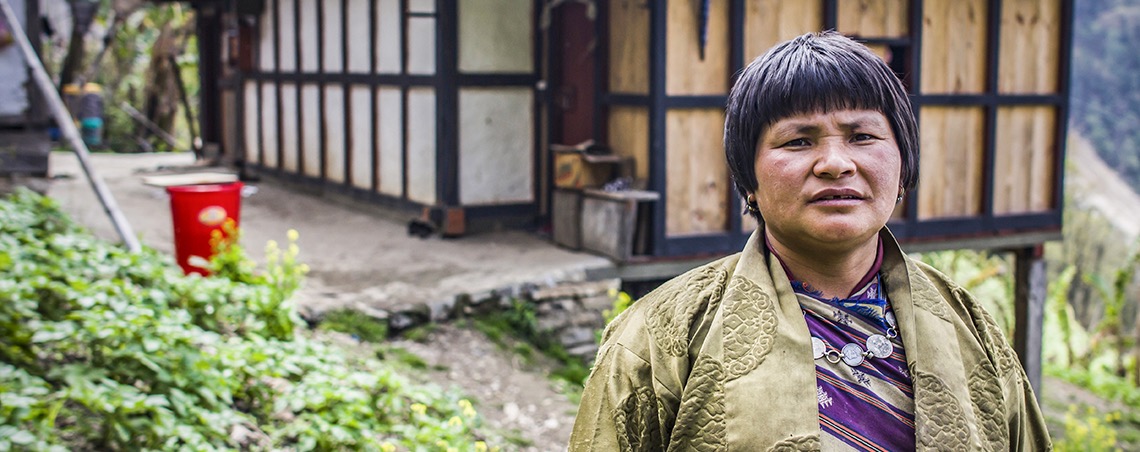
Japan Caribbean Climate Change Partnership
The Japan-Caribbean Climate Change Partnership (J-CCCP) was designed to strengthen the capacity of countries in the Caribbean to invest in climate change mitigation and adaptation technologies in a structured and prioritized manner, guided by their Nationally Appropriate Mitigation Actions (NAMAs) and National Adaptation Plans (NAPs).
Eight Caribbean countries - Belize, Dominica, Grenada, Guyana, Jamaica, Saint Lucia, St Vincent and the Grenadines, and Suriname - were supported in advancing the process of low-emission risk-resilient development by improving energy security and integrating into medium to long-term planning for adaptation to climate change.


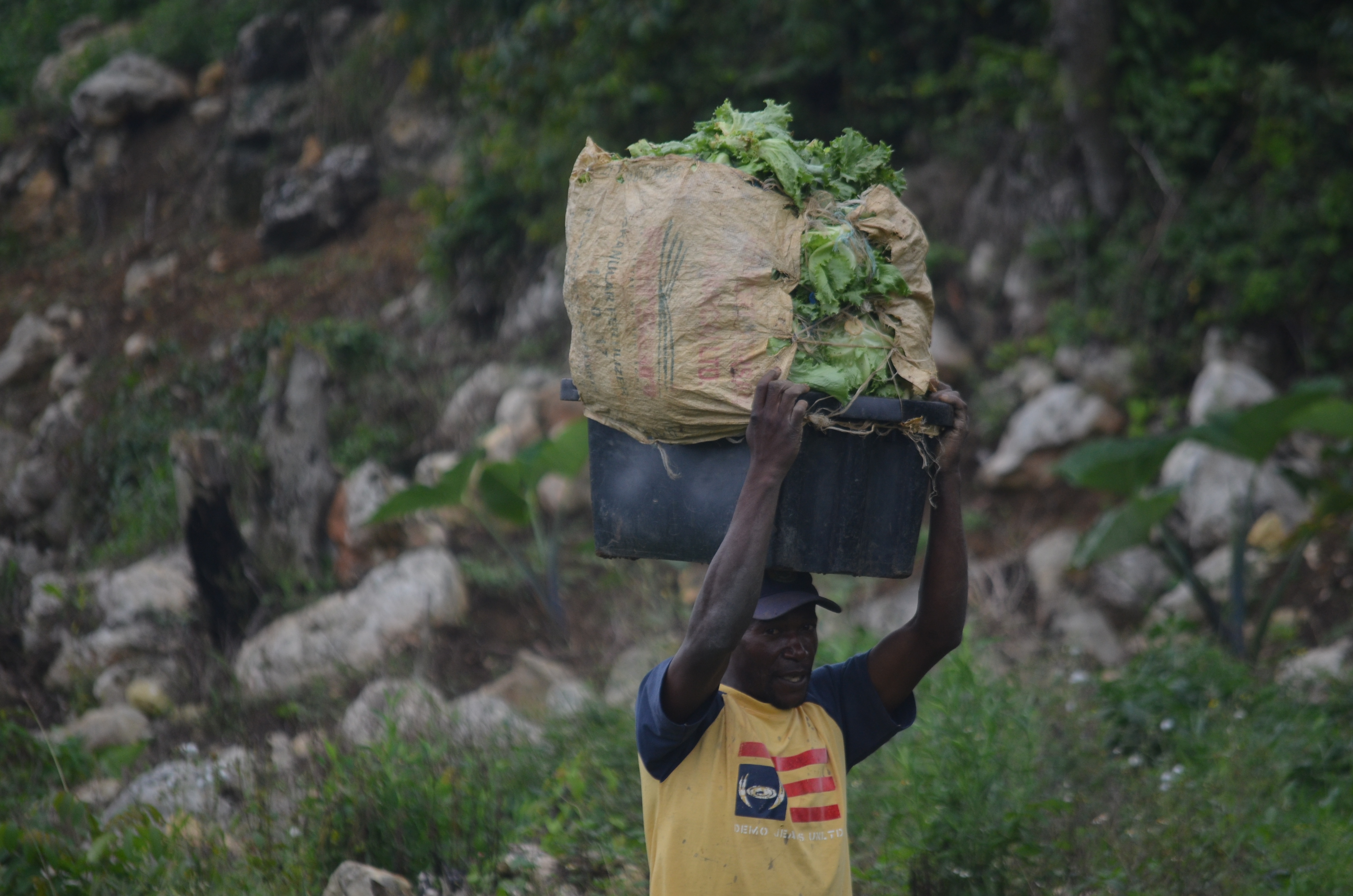
Manual
Climate Change Capacity Building for Media Practitioners Workshop Manual
Reports
Capacity Building for Media Practitioners (Media Training) - Final Report
Potential Study on Producible Bio-gas and Renewable Energy from Biomass and Organic Waste in Belize
Climate Change Knowledge, Attitudes and Practices Study - Suriname, 2016
Climate Change Knowledge, Attitudes and Practices Study - St. Lucia, 2016
Climate Change Knowledge, Attitudes and Practices Study - St. Vincent and the Grenadines, 2017
Climate Change Knowledge, Attitudes and Practices Study - Jamaica, 2016
Climate Change Knowledge, Attitudes and Practices Study - Guyana, 2016
Climate Change Knowledge, Attitudes and Practices Study - Grenada, 2016
Climate Change Knowledge, Attitudes and Practices Study - Dominica, 2016
Climate Change Knowledge, Attitudes and Practices Study - Belize, 2016
Case Study
Case Study - Transfer of Agrotechnology from Japan to the Caribbean
Case Study - Saint Lucia's National Adaptation Plan (NAP)
Quarterly Updates
Training & Tools
Plans and policies of relevance to NAPs for Non-Least Developed Countries (non-LDCs)
Saint Lucia's Sectoral Adaptation Strategy and Action Plan for the Water Sector (Water SASAP) 2018-2028
Monitoring and Evaluation Plan of Saint Lucia's National Adaptation Planning Process
Presentation
RETScreen: Project Evaluation Tool Presentation - SBL Training, Oct. 2017
Tool to Calculate the Emission Factor for an Electric System (Grid Tool) Presentation - SBL Training, Oct. 2017
Clean Development Mechanism (CDM) and Climate Finance Presentation - SBL Training, Oct. 2017
National Adaptation Plan of Saint Vincent and the Grenadines - NAP Assembly, Apr.2018
Supporting Regional Climate Action to CCCCC International Conference Presentation, Oct.2017
Media Training Workshop - Climate Myths and Realities Presentation, Apr.2017
Media Training Workshop - Digital Tools for Storytelling Presentation, Apr.2017
Media Training Workshop - Getting Climate Change on the Front Page Presentation, Apr.2017
Media Training Workshop - Climate Change and the Caribbean Presentation, Apr.2017
NAP Stakeholder Consultation (Suriname) - Institutional and Organization Considerations for a National Climate Institute Presentation, Mar.2017
NAP Stakeholder Consultation (Suriname) - NAP Process and Gap Assessment Presentation, Mar.2017
NAP Stakeholder Consultation (Suriname) - University of Suriname Climate Change Institute Presentation, Mar.2017
NAP Stakeholder Consultation (Suriname) - NIMOS Climate Change Institute Presentation, Mar.2017
NAMA Stakeholder Consultation (St. Lucia) - Green Schools NAMA Presentation, Feb.2017
Training seminar of Climate Mitigation Actions (Belize) - Modernizing the Transport Sector Stakeholder Presentation, Sep.2016
Training seminar of Climate Mitigation Action (Guyana) - Guyana's Office of Climate Change - NDCs Presentation, Sep.2016
Training seminar of Climate Mitigation Action (Guyana) - Forest NAMA Stakeholder Presentation, Sep.2016
Training seminar of Climate Mitigation Action (Guyana) - Guyana Energy Agency Existing Initiatives Presentation, Sep.2016
Training seminar of Climate Mitigation Action - UNDP LECB - NAMAs as Vehicles to Implement NDCs Presentation, Jun.2016
Training seminar of Climate Mitigation Action - UNFCCC - the Paris Agreement Presentation, Jun.2016
Training seminar of Climate Mitigation Action (Suriname) (Dutch) - Government of Suriname - INDCs Presentation, Jun.2016
Training seminar of Climate Mitigation Action (Suriname) - Government of Suriname - A Carbon Zero Future Presentation, Jun.2016
Training seminar of Climate Mitigation Action (St. Lucia) - Government of St. Lucia - St. Lucia's Nationally Determined Contribution Presentation, Jun.2016
Training seminar for Climate Mitigation Action (St.Lucia) - Government of St. Lucia - National Context for Mitigation Action Presentation, Jun.2016
Training seminar for Climate Mitigation Action (St.Lucia) - Government of St. Lucia - NAMA for Transport Presentation, Jun.2016
Training seminar of Climate Mitigation Action (St.Lucia) - Government of St. Lucia - NAMA for Energy Presentation, Jun.2016
Training seminar of Climate Mitigation Action (Grenada)-Government of Grenada- Energy Conservation and Energy Efficient Projects Presentation, Jun.2016
J-CCCP Inception Workshop - UNDP RBLAC Presentation on Regional Project Management
J-CCCP Inception Workshop- Presentation on Monitoring and Evaluation
J-CCCP Inception Workshop- Communications Associate Presentation (Outcome 3)
J-CCCP Inception Workshop- Technical Specialist Presentation (Outcome 1)
J-CCCP Inception Workshop- Technical Specialist Presentation (Outcome 2)
J-CCCP Inception Workshop - Meister Consultants Group Presentation
Assessments and Background Documents
Project Brief / Fact Sheet
Suriname - Climate Resilient Access to Drinking Water for the Maroon Community Pilot Project
Suriname - Encouraging the Early Warning System and Disaster Response Mechanism Pilot Project
Suriname - Encouraging Children's Homes to Grow Crops and Fish for Food Security and Resilience Pilot Project
Suriname - Education on Simple Sustainable Agriculture Methods at Selected Primary Schools Pilot Project
Suriname - Enhancing Access to Drinking Water for the Maroon Community Pilot Project
Suriname - Women Empowerment & Renewable Solar Energy Pilot Project
Guyana - Improved Access to Water in Drought-Prone Rural Communities Pilot Project
Guyana - Solar-Photovoltaic (PV) Systems and Energy Efficient Streetlights in Bartica Pilot Project
Dominica - Alternate Water Harvesting and Storage Pilot Project
Dominica - Promoting Climate Smart Agriculture Pilot Project
Dominica - Improving Seasonality and Diversity of Vegetable Production Pilot Project
Dominica - Enhancement of the Morne Rachette Emergency Centre Pilot Project
St. Lucia - Building Resilience of the Honey Sector Pilot Project
St. Lucia - Promoting Aquaponics as a Farming Approach Pilot Project
Grenada - Community Cistern Refurbishment Pilot Project
Grenada - Climate Change and Weather Variations Pilot Project
Belize - Sustainable Agriculture in Climate Smart Landscapes Pilot Project
Jamaica - Water Harvesting Infrastructure in Clarendon Pilot Project
Jamaica - Climate Resilient Technologies in Rural Farming Communities Pilot Project
St. Vincent and the Grenadines - Building Resilience in the Co-operative Sector Pilot Project
St. Vincent and the Grenadines - Slope Stabilization and Road Improvement Pilot Project
St. Vincent and the Grenadines - Increasing Water Storage Capacity on Mayreau Pilot Project
St. Vincent and the Grenadines - Strengthening Community Resilience Pilot Project
St. Vincent and the Grenadines - Sustainable Model Garden Pilot Project
St. Vincent and the Grenadines - Climate Change Adaptation Project for Livestock Production Pilot Project
St. Vincent and the Grenadines - Promoting the Adoption of Climate Smart Agriculture Practices among Small-Scale Producers Pilot Project
St. Vincent and the Grenadines - Irrigation Capacity Improvement to Improve Climate Resilience among Small Farmers Pilot Project
Japan-Caribbean Climate Change Partnership Project Brief
Communications Products
'Beat the Clock' Campaign Poster - Ten years from now... (Grenada)
'Beat the Clock' Campaign Poster - The time to act is now (Grenada)
'Beat the Clock' Campaign Poster - We were here (Grenada)
'Beat the Clock' Campaign Poster - This is one change we can't afford (Grenada)
'Beat the Clock' Campaign Poster - 10 years from now... (Dominica)
'Beat the Clock' Campaign Poster - The time to act is now (Dominica)
'Beat the Clock' Campaign Poster - We were here (Dominica)
'Beat the Clock' Campaign Poster - This is one change we can't afford (Dominica)
ProDocs
Japan-Caribbean Climate Change Partnership Project Document
|
|
Please also view the Project's Mid-term Evaluation Report.
Over the course of three days, J-CCCP mounted a multi-media gallery to showcase the impact of J-CCCP's work over the project lifetime. The day prior, the project visited J-CCCP pilot projects in Saint Lucia where technology or knowledge from Japan has been transfered.
Agricultural Knowledge-sharing Event
J-CCCP invited farmers, agricultural practitioners, regional agencies and NGOs who work in agriculture to join nature farming and research experts from Japan to knowledge share. This event builds on the 19 agriculture-focused pilot projects implemented by J-CCCP and the study tour to Japan, completed in 2018.
UNDP's J-CCCP is supporting the attendance of 11 youth who have played key roles in advancing climate action in the region. Their participation builds on the 2017 Youth Climate Change Conference. Now, many of these youth have come together to create a NGO - Youth Climate Change Activists where they actively advocate for increased action among peers and decision makers.
Over thirty representatives from nine Caribbean countries met in Kingstown, St. Vincent and the Grenadines to better position themselves to access funding for climate change mitigation.
NAP Workshops in Belize and Guyana
Stakeholders, government representatives and development partners recently gathered to take Belize and Guyana one step closer to the finalization of their National Adaptation Plans (NAPs).
NAP Donor Symposium and Peer Learning
Representatives of the Governments of Saint Lucia and St. Vincent and the Grenadines gathered at UN House in Barbados to present their National Adaption Plans (NAPs) and priorities to members of the donor community who are active in the Caribbean. The following day, they were joined by colleagues from Jamaica and Grenada where they had the opportunity to share ideas, experiences and lessons learned surrounding their NAP process.
More than 100 climate scientists, researchers and negotiators from across the Caribbean and the world gathered at the Hilton Hotel in Port-of-Spain, Trinidad from October 9 to 12, 2017, to highlight the region’s climate change adaptation successes at the Caribbean Community Climate Change Centre (CCCCC) International Conference on Climate Change for the Caribbean.
Youth Climate Change Conference 2017
Caribbean and Japanese youth have put forward their recommendations for climate-smart actions for the region following two days of intense dialogue between October 10-11, 2017 at the third staging of the Youth Climate Change Conference at the Jamaica Conference Centre.
National Adaptation Plan Workshop for Latin America and the Caribbean
Representatives from twenty-six countries in the Latin America and Caribbean countries attended the regional workshop on national adaptation plans (NAPs), held in San Jose, Costa Rica, from 4 to 7 September, 2017.
Capacity Development for Media Practitioners
J-CCCP provided climate change training to more than 30 journalists from across the region. The two-day training seminar enabled media practitioners to learn and share best practices on climate change issues including, climate change science, economics and policy as well as the role of media entities in communicating on climate change.
Consultation for the Development of a Transportation NAMA in St. Vincent and the Grenadines
As St. Vincent and the Grenadines pursues the development of a Nationally Appropriate Mitigation Action (NAMA) in the transportation sector, stakeholders gathered to consult on the process.
Presentation of KAP Study Results and Campaign Brainstorming in St. Vincent and the Grenadines
Stakeholders, some of whom took part in data collection for the study, gathered to hear the results of a knowledge, attitudes and practices study conducted in St. Vincent and the Grenadines in December, 2016. Participants also assisted with the development of campaign approaches and committed to supporting campaign implementation.
Development of Belize's National Communication Strategy for Climate Change
J-CCCP supported the National Climate Change Office of Belize in the development of a national communications plan for climate change. This support was in the form of a workshop where stakeholders from key sectors across the country fed into the development of the plan.
Caribbean Climate Change Coordination Seminar
In April 2016, representatives from regional organisations gathered in St. Lucia to map synergies and actions between development partners and the Project relating to NAPs, NAMAs and knowledge management and communications. Organisations in attendance included: CARDI, CARICOM, CEDMA, CCCCC, CYEN, CIMH, CARPHA, and PANOS, among others. For NAP and NAMA development and pilot projects, organisations were asked to identify stages at which each organisation may be able to lend support based on their expertise, the specific nature of the assistance and how additional funding could be leveraged. Participants also contributed to plans under outcome 3, including policy events, study tours and campaigns and noted that the exercise was useful in order to break a trend of working in silos.-NAMA training
Training Seminar on the Development and Implementation of Climate Mitigation Actions
J-CCCP partnered with the United Nations Framework Convention on Climate Change Regional Collaboration Centre (UNFCCC RCC), the UNDP Low Emission Capacity Building (LECB) Programme and local Ministries in the months of June and September to conduct two-day training seminars in Belize, Grenada, Guyana, St. Lucia, St. Vincent and the Grenadines and Suriname. The seminars were designed to support the development of climate mitigation actions, including Nationally Appropriate Mitigation Actions (NAMAs). Approximately two hundred persons were trained in total.
National Adaptation Plans Regional Workshop for the Caribbean
Representatives from 10 Caribbean countries, including J-CCCP’s 8 beneficiary countries, met in Grenada’s capital of St. Georges to discuss strategies to prepare for the impact of climate change. Following Grenada’s final consultation on its National Adaptation Plan (NAP), they were able to share lessons from their experience of national adaptation planning, including some key topics such as political buy-in, coordination, integration of the sectoral plan, climate finance with peers through this two-day event. The NAP Assembly was co-hosted by Grenada’s Ministry of Education, Human Resource Development and the Environment; the UNDP Japan-Caribbean Climate Change Partnership (J-CCCP); and the NAP Global Network.
National Communication Strategy Development Workshop - Belize
J-CCCP supported the National Climate Change Office of Belize in the development of a country-wide communications strategy. This workshop saw Communications Professionals from Belizean Ministries, CBOs, NGOs and the media gather to have inputs into the strategy. The Project will focus its efforts on implementing the initial stage of the strategy with support from other local stakeholders.
Project Wrap-Up
Belize & Guyana Initiate NAP Process
J-CCCP Pilot Project Launched in The Grenadines
J-CCCP Partners with the Belize National Climate Change Office to Launch Feel the Change Campaign
J-CCCP Supports Study on Biogas and Renewable Energy from Biomass and Organic Waste in Belize
November, 2016
J-CCCP Supports COP 21 & 22 Panel Discussion at the Caribbean Renewable Energy Forum 2016
June, 2016
UNDP and UNFCCC Initiates Training Seminars for Climate Mitigation Actions in the Caribbean
January, 2016
Japan and UNDP kick start US$15 million Caribbean Climate Change Project

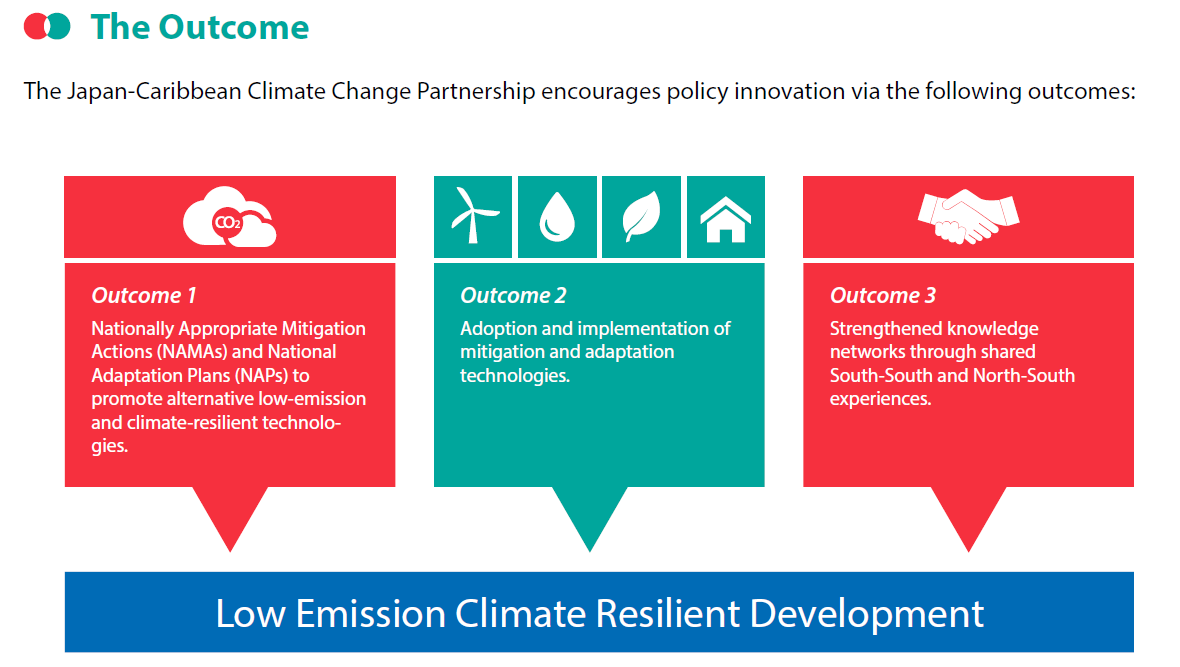
Mountain Ecosystem-based Adaptation in Nepal
The Harpan Watershed, Panchase in Nepal lies in the mid-hills of Nepal and consists of valleys, hills and the high mountains of the Himalayas. The economy of the Panchase is largely subsistence, based on crop production and livestock. There is high climatic variation due to changes in altitude and an average rainfall of 3, 355mm. The selected project site, the Harpan watershed, is about 15 km² with sub-tropical to temperate climate. There are about 900 households with a population of 4,598.
Through the global Ecosystems-based Adaptation (EbA) in Mountains Programme, UNDP, UNEP and IUCN, with funding from the German Government (BMUB), used sustainable management, conservation and restoration of ecosystems, as part of an overall EbA adaptation strategy, to reduce the vulnerability and enhance the resilience of select fragile mountain ecosystems and their local communities to climate change impacts.
For more information visit the Global Ecosystems Based Adaptation in Mountains Programme profile, or the EbA Flagship.
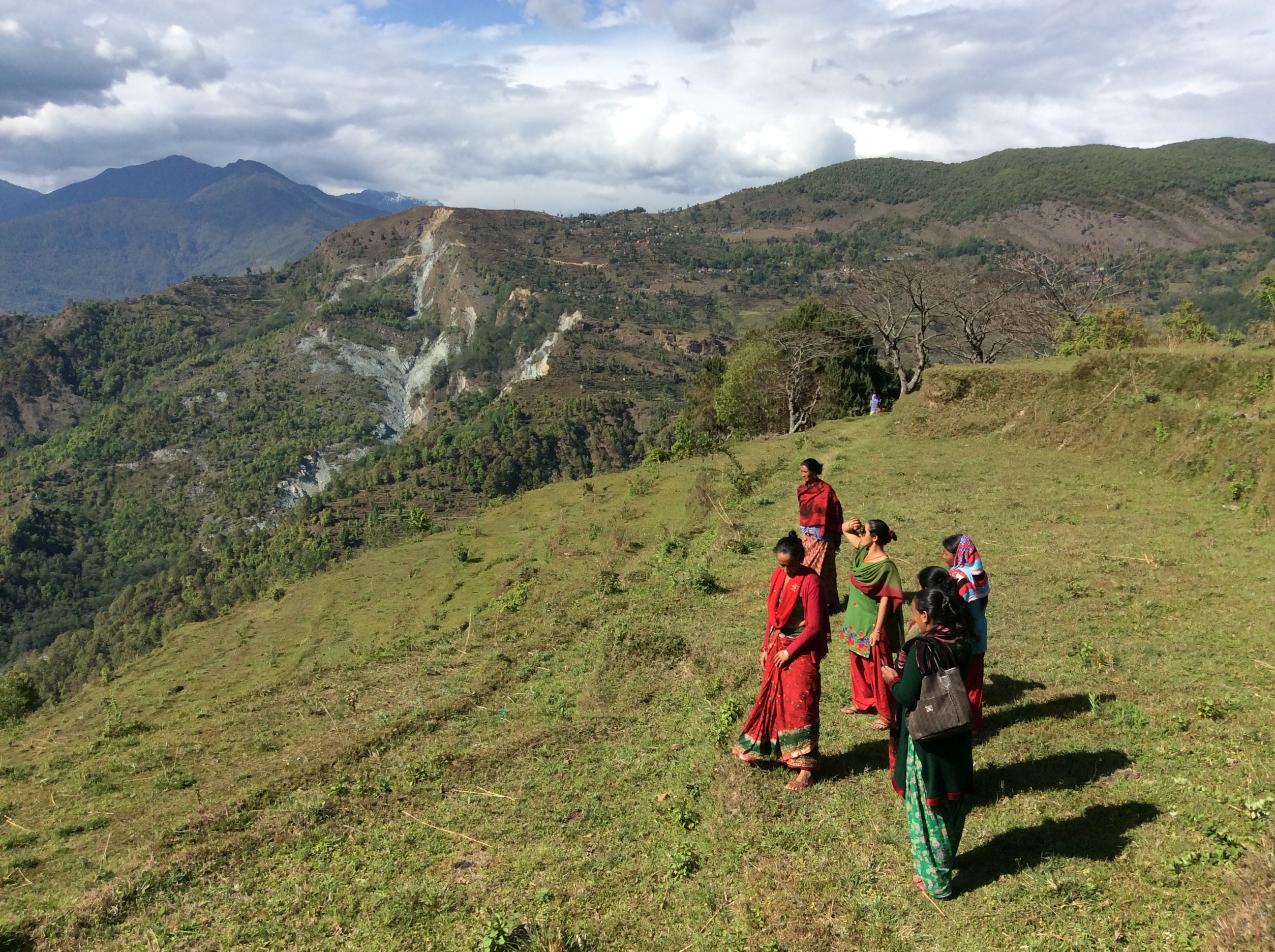
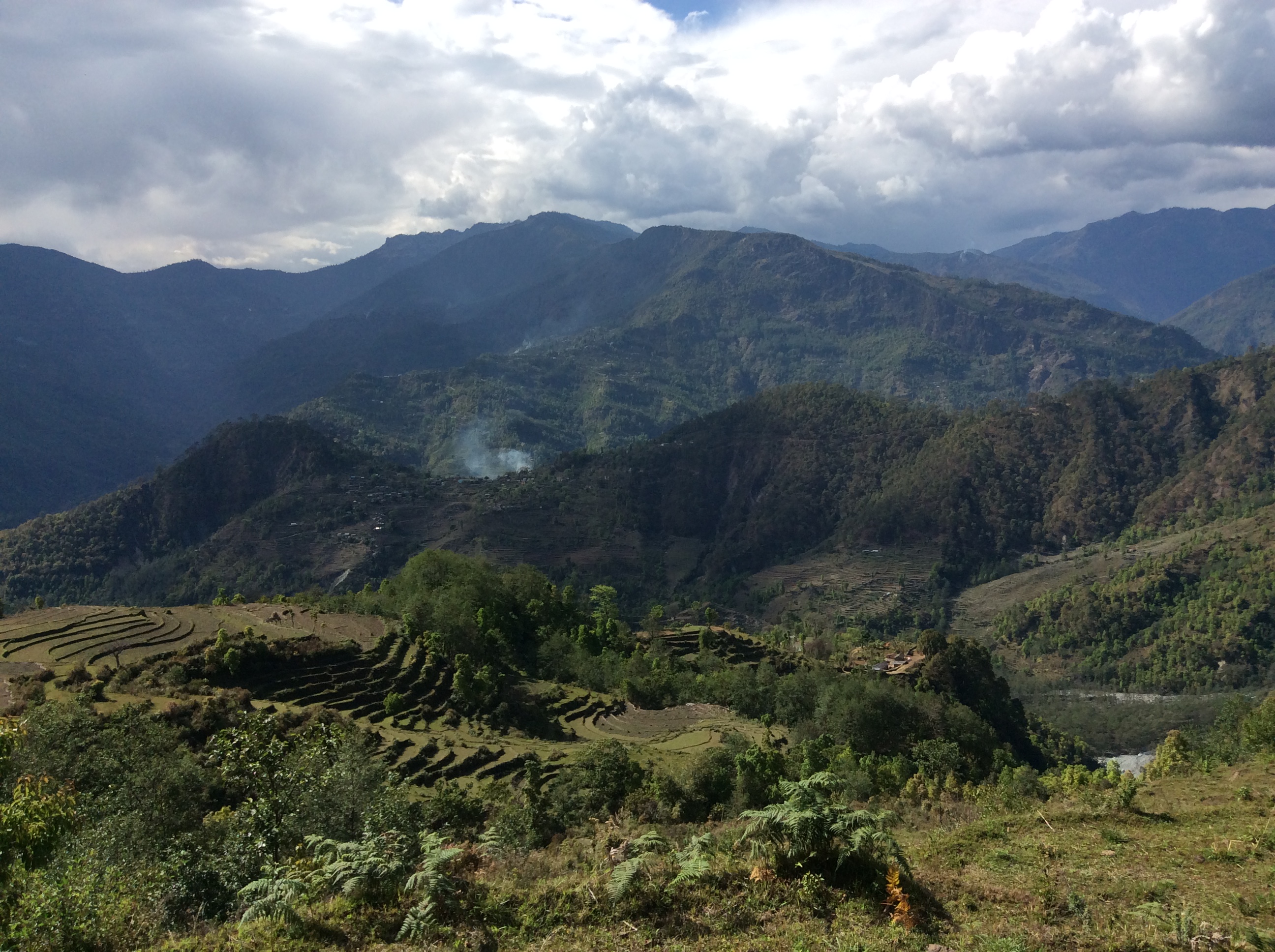
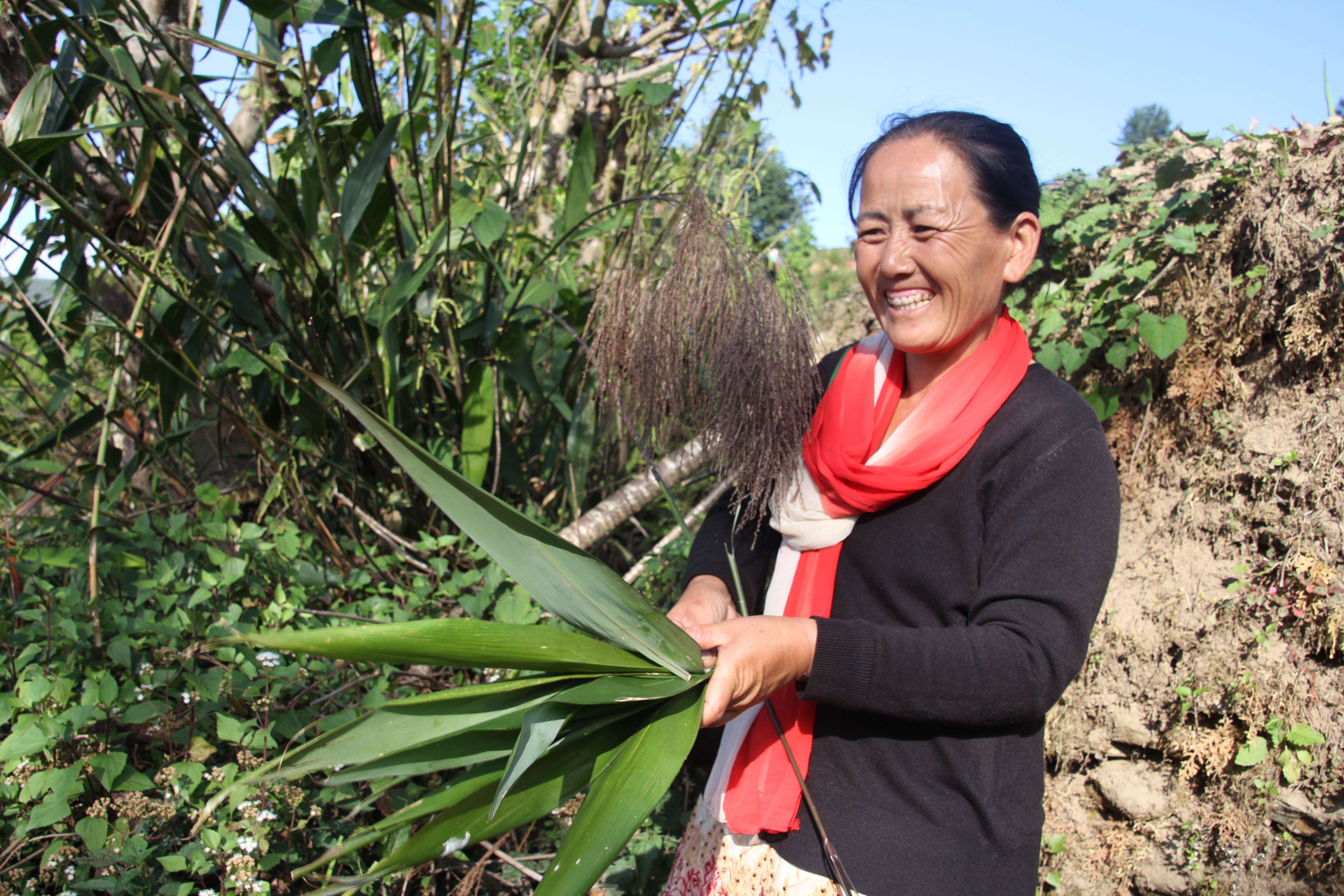
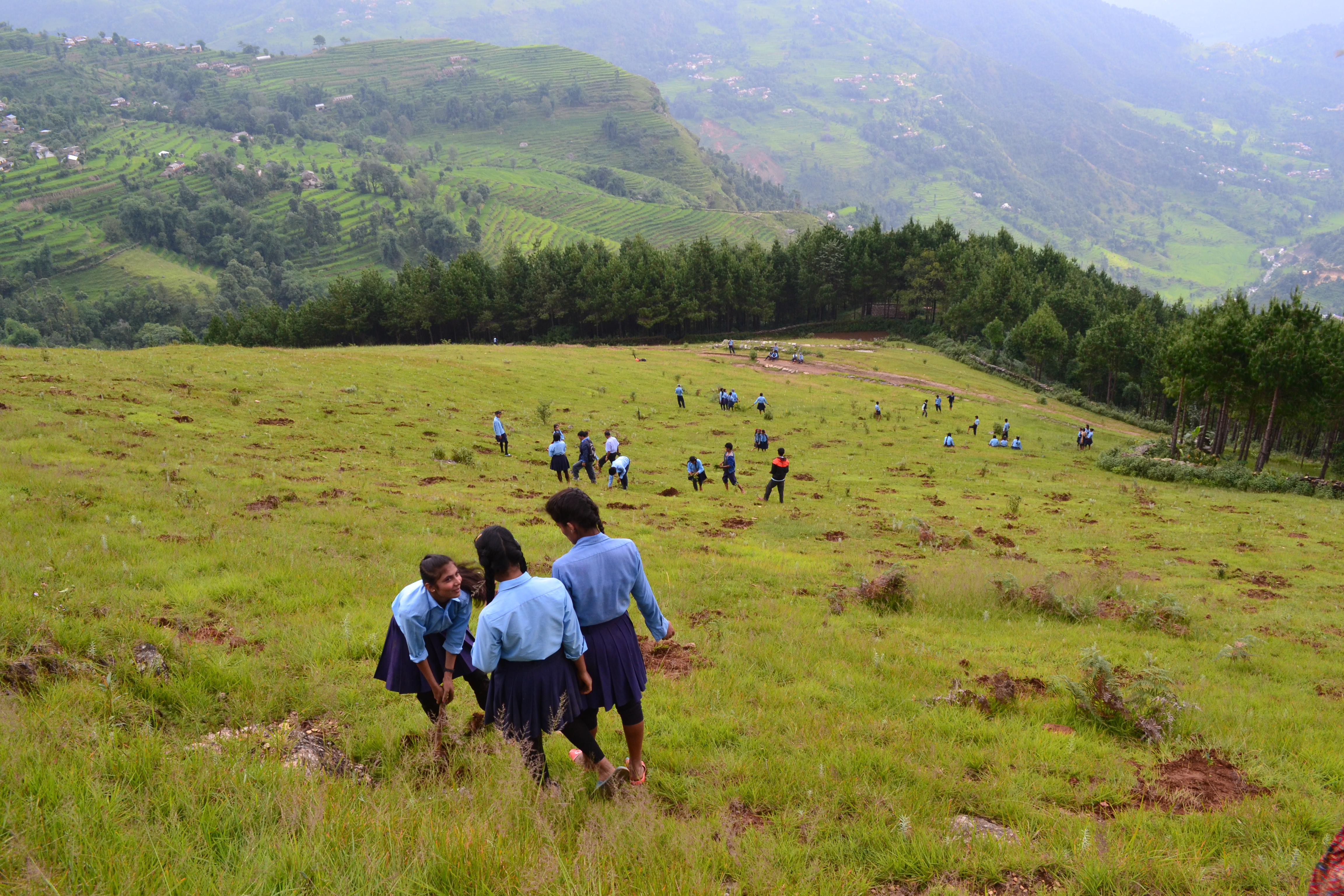
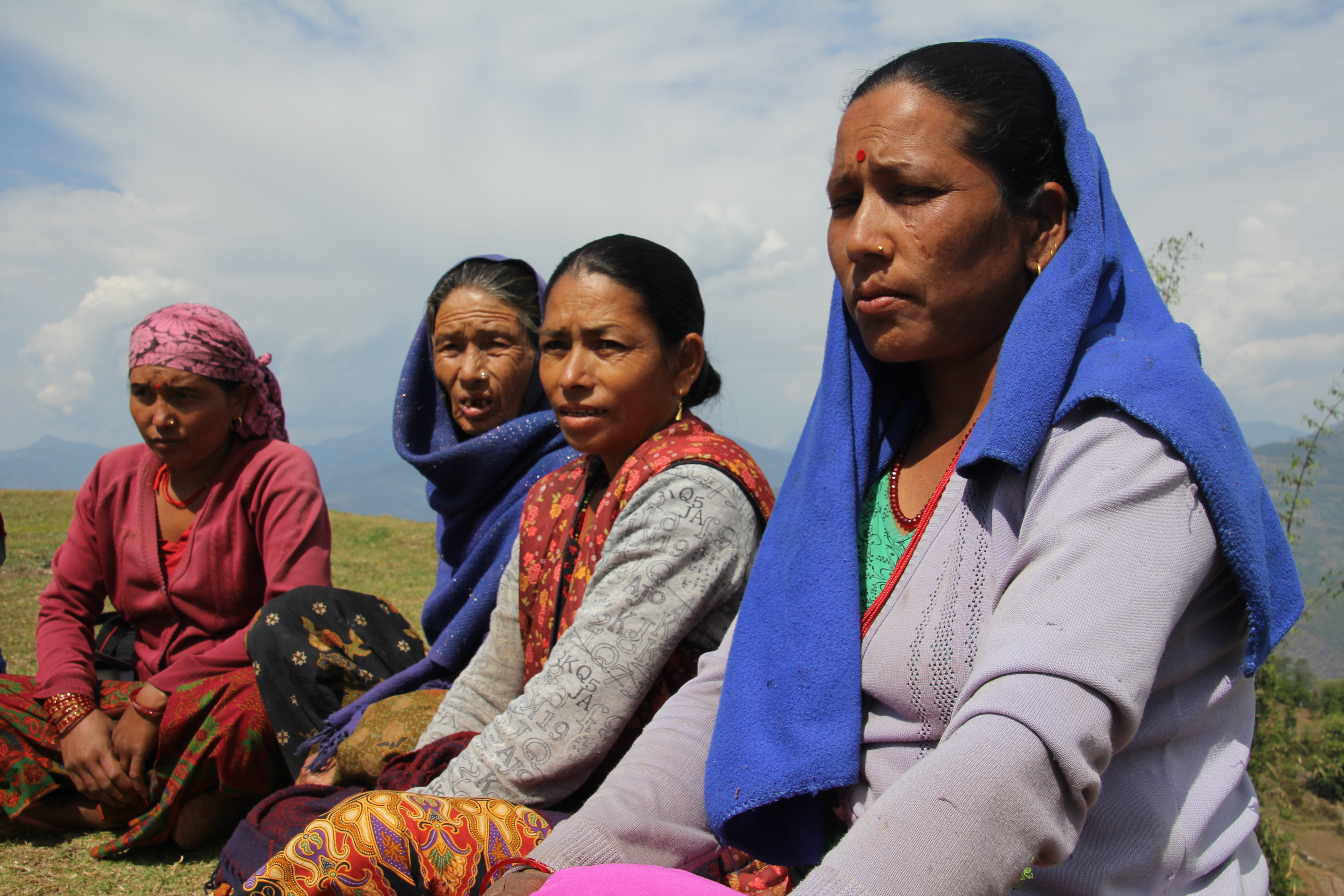
Assessments and Background Documents
Mt EbA Nepal Vulnerability & Impact Assessment of Panchase Region (2015)
Min of Forests and Soil Cons & UNDP Nepal (2014) Mt EbA Baseline & Socio-Econ Survey
Relevant Peer-Reviewed Articles
EbA planning in the Panchase Mountain Ecological Region (2015)
Brochures, Posters, Communications Products
BROCHURE NEPAL Mt EbA Programme 2 (Min of Forests and Soil Cons & UNDP Nepal)
BROCHURE Ecosystem Services (Min of Forests and Soil Cons & UNDP Nepal Mt EbA)
BROCHURE NEPAL Mt EbA Programme (Min of Forests and Soil Cons & UNDP Nepal)
BROCHURE EbA Concept (Min of Forests and Soil Cons & UNDP Nepal Mt EbA)
Project Brief / Fact Sheet
FACT SHEET - Nepal Mt EbA Programme (Min of Forests and Soil Cons & UNDP Nepal)
Case Study
Min of Forests and Soil Cons & UNDP Nepal (2013) - Timur Value Chain Study
Min of Forests and Soil Cons & UNDP Nepal (2013) - Orchid Value Chain Study
Min of Forests and Soil Cons & UNDP Nepal (2013) - Kurilo Value Chain Study
Min of Forests and Soil Cons & UNDP Nepal (2013) - Chiraito Value Chain Study
Min of Forests and Soil Cons & UNDP Nepal (2013) - Allo Value Chain Study
ProDocs
The Nepal Pilot Project of the global Ecosystem-based Adaptation in Mountains Programme aims to enhance capacity of local communities, demonstrate EbA measures for continued provision of ecosystem services, and support in strengthening the institutional capacity of key national Nepalese actors to build and better integrate ecosystem resilience options in national, sub-national and local level plans.
It is working to specifically support 4 outcomes:
- Development of methodologies and tools for EbA decision-making in mountain ecosystems;
- Application of EbA tools and methodologies at the ecosystem level;
- Implementation of EbA pilot initiatives at the ecosystem level; and
- Development of a business case for EbA at the national level.
In Nepal, the Project is implemented by the Department of Forests (DoF) under the Ministry of Forests and Soil Conservation (MoFSC) and is coordinated by the Ministry of Science, Technology and Environment (MoSTE). Similarly, there are three implementing agencies: UNEP, UNDP and IUCN. EbA initiatives are concentrated in 17 VDCs (Village Development Committees) of the ‘Panchase’ region and covers three districts – Kaski, Syangja and Parbat.
Some key accomplishments for the project include:
- The project has prioritized 3 important sub-watersheds – Rati, Saradi and Harpan - and focused on different interventions such as ecosystem restoration, water conservation, land rehabilitation, livelihood diversification and capacity enhancement of government agencies and local communities.
- Practices, like water source conservation and construction of conservation ponds, have been initiated in the pilot sites to address water scarcity issues, since the water sector is significantly affected by climate change in Nepal. These initiatives have helped reduce drudgery in fetching water required for dominant rural livelihood practices, i.e. subsistence agriculture and livestock rearing.
- Out-migration in Panchase has resulted in an increasing amount of abandoned and barren land. The Project has hence carried out plantation initiatives of endemic multi–use species to protect these lands from further degradation and also complement the needs of rural people for fuel wood and fodder. Additionally, the Project has supported nursery establishment in the region to provide easy access to seedlings species for plantations by the locals. Likewise, land degradation resulting from unplanned rural road construction has been addressed by roadside greenery promotion and roadside rehabilitation, using engineered structures such as ‘gabion cages’ that are supplemented by plantations. Similarly, several landslide and gully control initiatives have also been carried out in the project pilot sites.
- Rangeland management has been done by building compound walls to halt over-grazing activities of the livestock and protect the grassland ecosystem from further degradation. The Project has also distributed fodder species to reduce the pressure on the open degraded land.
- Several river bank conservation initiatives with application of grey-green measures, i.e. engineered structures coupled with bamboo plantation, have been carried out to protect agricultural lands in the river banks to reduce deposition of sediment downstream.
- The Harpan Sub-watershed is an important feeder to the nationally important Phewa Lake, which today suffers from massive deposition of silt. The Project has, therefore, carried out a comprehensive study on the siltation process of Harpan Khola and subsequently proposed construction of ecosystem-based siltation control techniques and a siltation dam in the Harpan River.
- The EbA concept has now been mainstreamed in Bachelors of Science (BSc) degree syllabus of the Tribhuvan University, Central Department of Environmental Science (CDES). Similarly, to reduce the research gap, EbA has provided research grants to the students of Tribhuvan University to undertake research work in the EbA site to investigate the effectiveness of EbA options.
- The Project broadcasted radio programs named ‘Panchase ko Serofero’ through Radio barahi-99.2, Radio saligram-100.6 and Syangja FM-89.6, respectively, from Kaski, Parbat and Syangja to increase local level awareness on ecosystems and EbA.
Some policy-related accomplishments include:
- Led by UNDP, the Nepal project has been engaged in the process of establishing the newly formed High-Level Technical Committee on EbA to be led by the Ministry of Forests and Soil Conservation. The main role of the Committee is to coordinate and mainstream ecosystem-based approaches to climate change adaptation into different sectoral plans and programmes. The Committee includes representatives from various Ministries, such as National Planning Commission, Ministry of Forests and Soil Conservation, Ministry of Science, Technology and the Environment, Ministry of Agriculture and Ministry of Federal Affairs and Local Development. The first meeting of the Committee was scheduled for last week of September.
- The results of the Cost-benefit analysis carried out by the Nepal project, led by UNDP, will be presented in a high-level event, organized jointly with the High-level Technical Committee, in October.
- The new Forest Policy (2015) has climate change as one of seven thematic areas and includes EbA as one of the approaches put forward for adaptation. The project, led by UNDP, is involved in a working group developing a 5-yr action plan for the delivery of the climate change area of this Policy in all 75 Districts of Nepal. The project is providing direct technical input into how this key national policy will be implemented in practice with regards to climate change and making the case for integrating EbA measures into its delivery.
- The Nepal project, led by UNDP, has provided technical and financial support to produce draft Guidelines on Protected Forests, which provide regulations and directives on managing Protected Forests and are in the process of being endorsed by Government. The proposed Guidelines incorporate EbA and provide the opportunity for integrating EbA into the national Protection Forest management plans and programmes.
Mountain Ecosystem-based Adaptation in Uganda
Mount Elgon landscape in Uganda is the seventh highest mountain in Africa, a major catchment area and straddles the border between Kenya and Uganda. The climate is cool with a mean annual rainfall of 1,270 mm. The population of Mount Elgon is almost entirely rural and dependent on subsistence agriculture, with approximately 564,000 people living in the 4 districts which make up the project site. The region is home to Mt Elgon National Park and is of great conservation value, but high population density means that agriculture is spreading rapidly.
Through the global Ecosystems-based Adaptation (EbA) in Mountains Programme, UNDP, UNEP and IUCN, with funding from the German Government (BMUB), are using sustainable management, conservation and restoration of ecosystems, as part of an overall EbA adaptation strategy, to reduce the vulnerability and enhance the resilience of select fragile mountain ecosystems and their local communities to climate change impacts. The promoted EbA measures carefully take into account anticipated climate change impacts trends to ensure a forward-looking process.
For more information visit the Global Ecosystems Based Adaptation in Mountains Programme profile, or the EbA Flagship website.

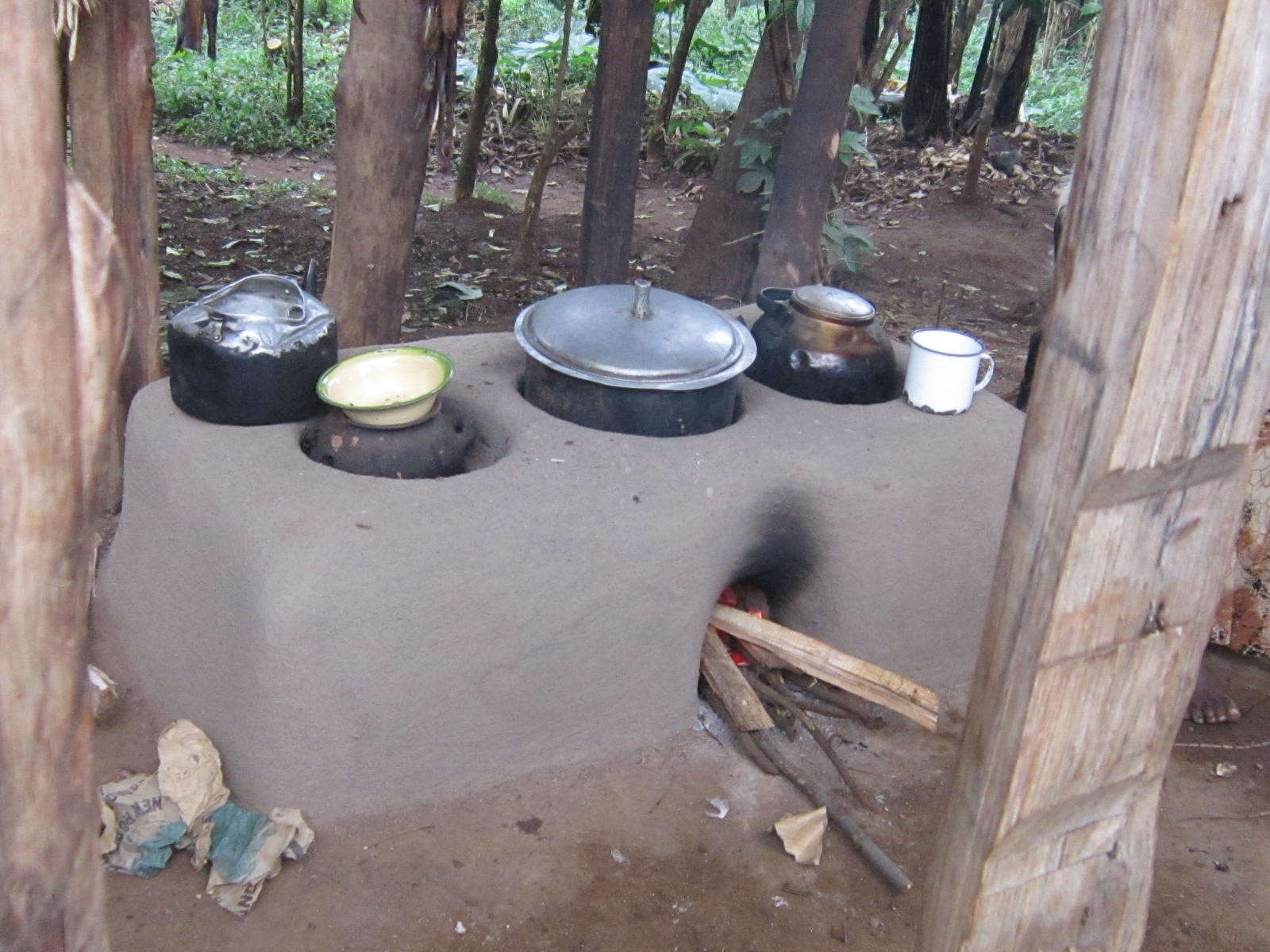


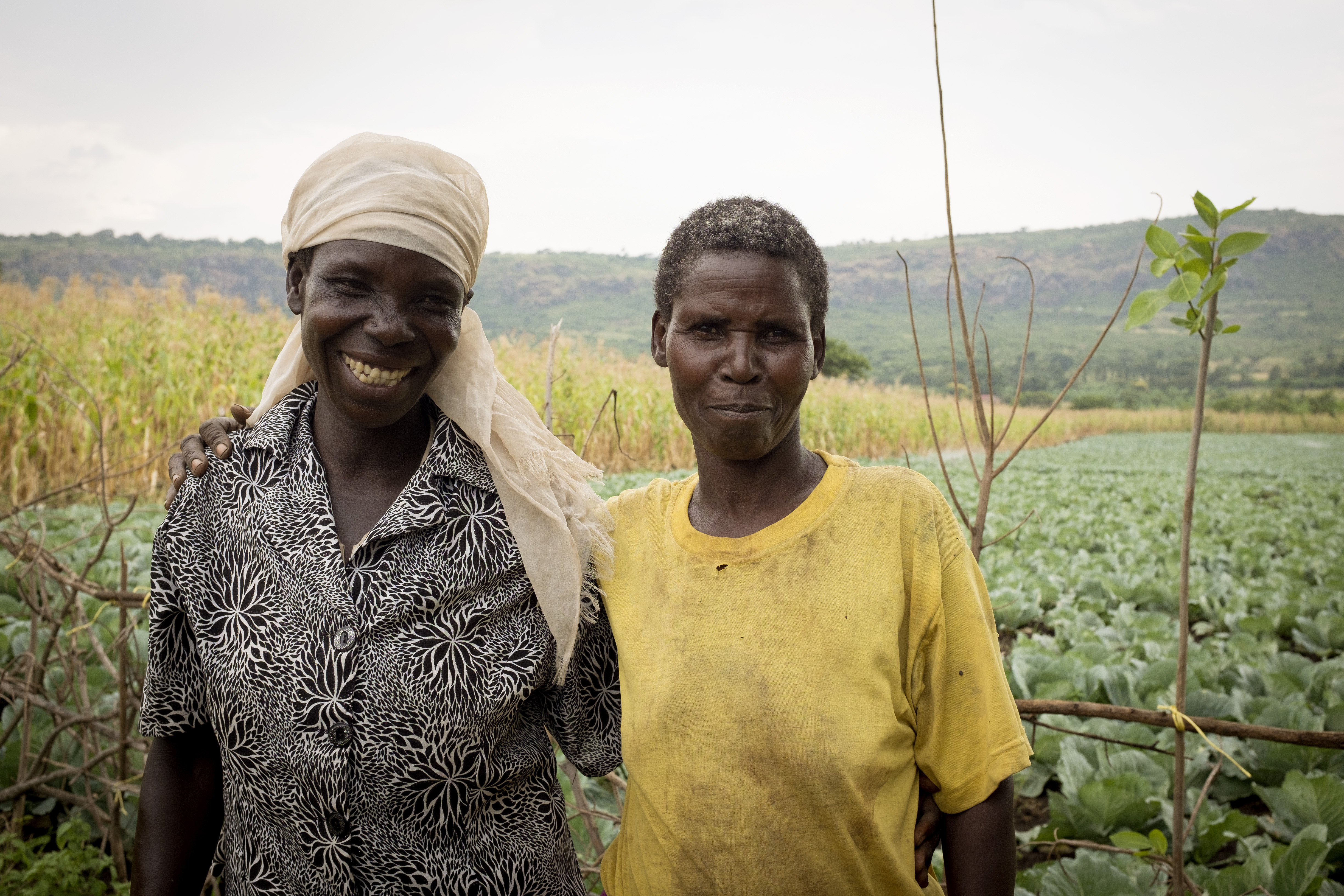
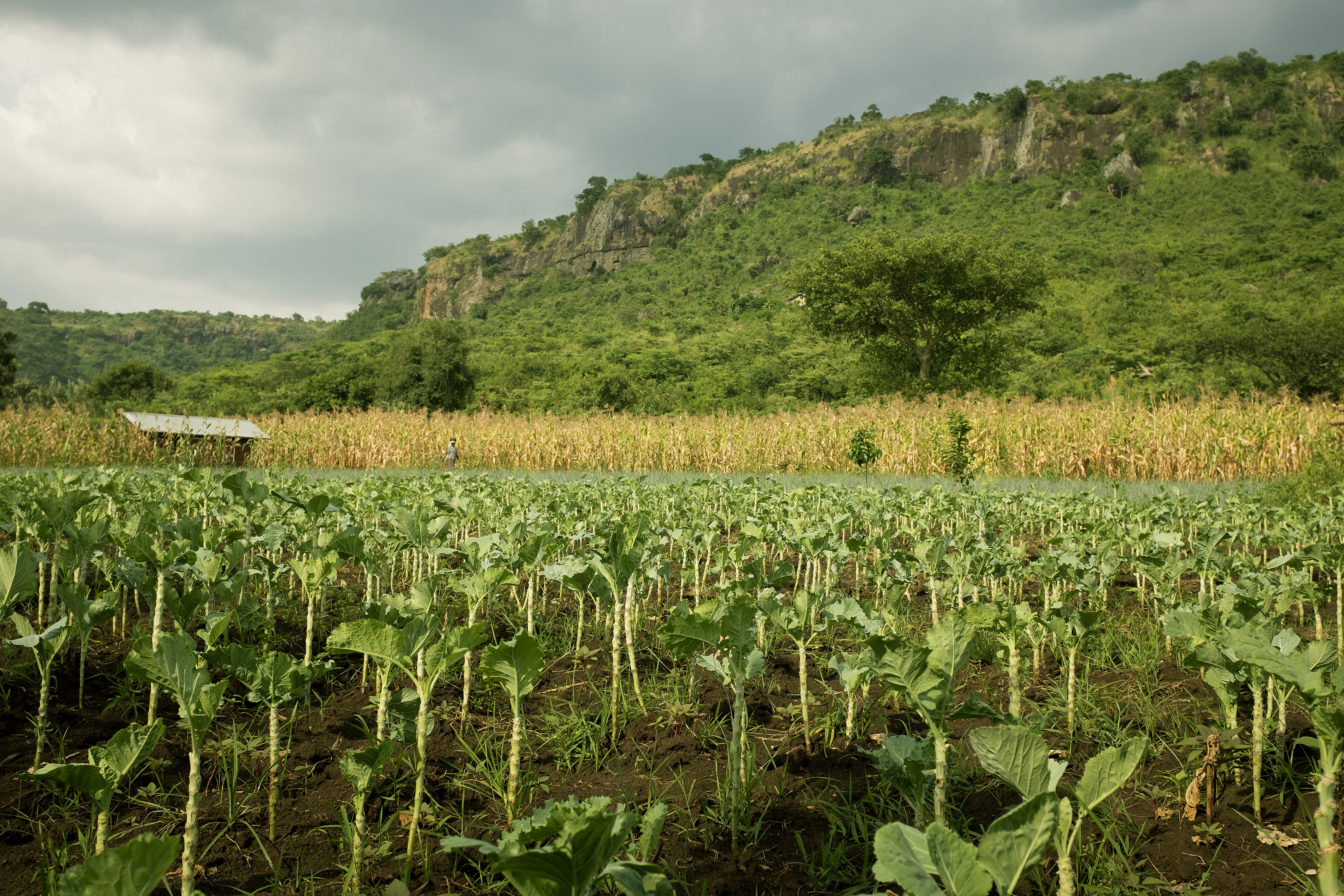
Assessments and Background Documents
UNDP Uganda+UNEP+UNEP-WCMC (2013) Uganda VIA Report POPULAR VS
Min of Water and Envir & UNDP (2012) VIA Capacity Assessment for EbA in Mt Elgon
Min of Water and Envir & UNDP (2012) Baseline info for EbA in Mt Elgon Ecosystem Project Strategy
Brochures, Posters, Communications Products
Min of Water and Envir & UNDP (2014) BROCHURE Uganda Mt EbA pilot project
Communications Products
Min of Water and Envir & UNDP (2014) Uganda Mt EbA Communications Strategy
Training & Tools
Min of Water and Envir & UNDP (2015) Training Manual - Mainstreaming EbA into policy & financing frameworks
Min of Water and Envir & UNDP (2015) Manual for implementing EbA in Mt Elgon Ecosystem of Uganda
Reports and Publications by country teams
Min of Water and Envir & UNDP (2015) Public Policy & Financing Framework for EbA in Mt Elgon POPULAR VS
Min of Water and Envir & UNDP (2015) Public Policy & Financing Framework for EbA in Mt Elgon
UNDP Uganda: Ecosystem Based Adaptation in Uganda
This documentary highlights the need for mainstreaming ecosystem-based adaptation strategies into national policies to ensure that actions against climate change is planned for. It puts a strong emphasis on the importance of Government funding such measures into the future through core budgets.
The objective of this Uganda pilot project under the global Mountain EbA Programme is to reduce the vulnerability of Uganda to climate change impacts through piloting Ecosystem-based Adaptation options with particular emphasis on mountain ecosystems in the Mt Elgon region.
It is working to specifically support 4 outputs:
- The development of decision-making tools for ecosystem-based adaptation for assessing ecosystem resilience,
- Field testing the tools in the pilot countries,
- Making investments in and building capacity for EbA at select demonstration sites, and
- Establishing the economic benefits and financial costs of EbA, to guide national policies.
The project is implemented by the Ministry of Water and Environment (MWE) focusing on the Districts of Sironko and Bulambuli (implementation supported by UNDP) and Kapchorwa and Kween (Implementation supported by IUCN).
Some key accomplishments for the project include:
- A Vulnerability Impact Assessment (VIA) has been carried out to determine which EbA interventions can be used to support the communities in the selected project area.
- About 600 households within the 4 districts (Kween, Kapchorwa, Sironko & Bulambuli) have received training in climate-smart interventions and are implementing them on their land. Local platforms including local radios are being used for knowledge sharing.
- Different techniques in support of climate-resilient agriculture have been encouraged, including mulching, use of organic fertilizer, improved water retention through roadside drainage bunds, run off retention drains, diversion bands in crop gardens; and gravity flow irrigation (benefitting over 1,000 formerly water-stressed community members in 3 villages in Sanzara Parish).
- Practices like soil and water conservation structures, have also been promoted, including contour trenches, contour ridges, retention or check dams, infiltration ditches and contour bands; tree planting for stabilization of soil and water conservation, with appropriate species together with contour grass strips; and the management and protection of existing forests and trees on the farm.
- At the local governance level, structures for natural resource governance have been strengthened, including a schematic framework for managing a new adaptation fund in all the three catchments, including the communities and district technical staff.
- The ECOTRUST PES facility being piloted by the project was officially launched in March 2015 by the Minister of Water and Environment, Hon. Ephraim Kamuntu. The Minister emphasized the contribution of the fund to many of the investment priorities identified in the National Development Plan of Uganda such as skills development, water and sanitation; and facilitating availability and access to critical production inputs especially in agriculture.
- With support from the project, the Ministry of Water and Environment is developing guidelines on how to integrate EbA into national and district level planning and policies. This is a participatory process that has been done through training workshops and provision of tools. A specific training package on implementing EbA in Mt Elgon has also been developed, which provides step to step guidance on planning and implementing EbA aimed as a tool at supporting extension services
- The cost-benefit analysis results and data generated will be used to advocate the case for EbA to government during a meeting of the Top Policy Committee of the Ministry of Water & Environment. This will then be followed up at during the Joint Sector Water & Environment Review (week of 5th Oct) being held by the National Climate Change Policy Committee and the National Environment & Natural Resources Sector Working Group.
 Community Revolving Fund promotes rural enterprise development and environmental protection
Community Revolving Fund promotes rural enterprise development and environmental protection
 Beekeeping saving the environment in Sironko
Beekeeping saving the environment in Sironko
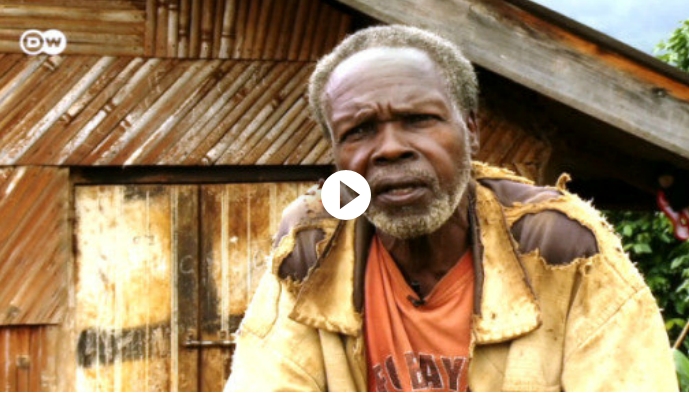 Global Ideas: Uganda – Protecting an Ecosystem
Global Ideas: Uganda – Protecting an Ecosystem
 Our Stories - An environmentally friendly building technology saving trees in Sironko district
Our Stories - An environmentally friendly building technology saving trees in Sironko district
 Articles - Uganda’s first Payment for Environmental Services Fund launched, 27 Mar 2015
Articles - Uganda’s first Payment for Environmental Services Fund launched, 27 Mar 2015
.jpg/_jcr_content/renditions/cq5dam.web.540.390.jpeg) Governance Body for the Mountain EbA Project in Uganda holds its second meeting, 4 Jul 2014
Governance Body for the Mountain EbA Project in Uganda holds its second meeting, 4 Jul 2014
Global Ecosystems Based Adaptation in Mountains Programme
Human wellbeing and livelihoods cannot be sustained without healthy ecosystems. Mountain ecosystems are particularly important, in that they maintain rich ecological processes and provide essential goods and services, especially water, not only to mountain people, but also to downstream lowlands where demand from population centers, agriculture and industry is high. These ecosystems, however, face severe threats from unsustainable land use practices (overgrazing and non-conservation agriculture), illegal wood extraction, development of large-scale infrastructure (dams, roads) and unsustainable natural resource projects (hydrocarbons, mining).
Climate change further compounds these threats by increasing levels of exposure to droughts, floods (which in turn results in an increase in landslides) and changes in seasonality. These impacts both undermine the resilience of the mountain ecosystems and increase the vulnerability of the local mountain communities, whose livelihoods and wellbeing depend on their services. Mountain people tend to be among the world’s poorest and most marginalized populations. Not only do many share the disadvantages of rural poverty and ethnic or religious discrimination. They also face additional challenges to subsistence brought about by elevation, rough topography and severe climate.
Through the global Ecosystems-based Adaptation (EBA) in Mountains Programme, UNDP, UNEP and IUCN, with funding from the German Government, used sustainable management, conservation and restoration of ecosystems, as part of an overall adaptation strategy, to reduce the vulnerability and enhance the resilience of select fragile mountain ecosystems and their local communities to climate change impacts.
Photos provided by: UNDP Peru, Carlos Diaz Huertas and Adriana Kato, UNDP Nepal, Tine Rossing, Andrea Egan, UNDP Uganda, Ed Barrows and James Leslie.
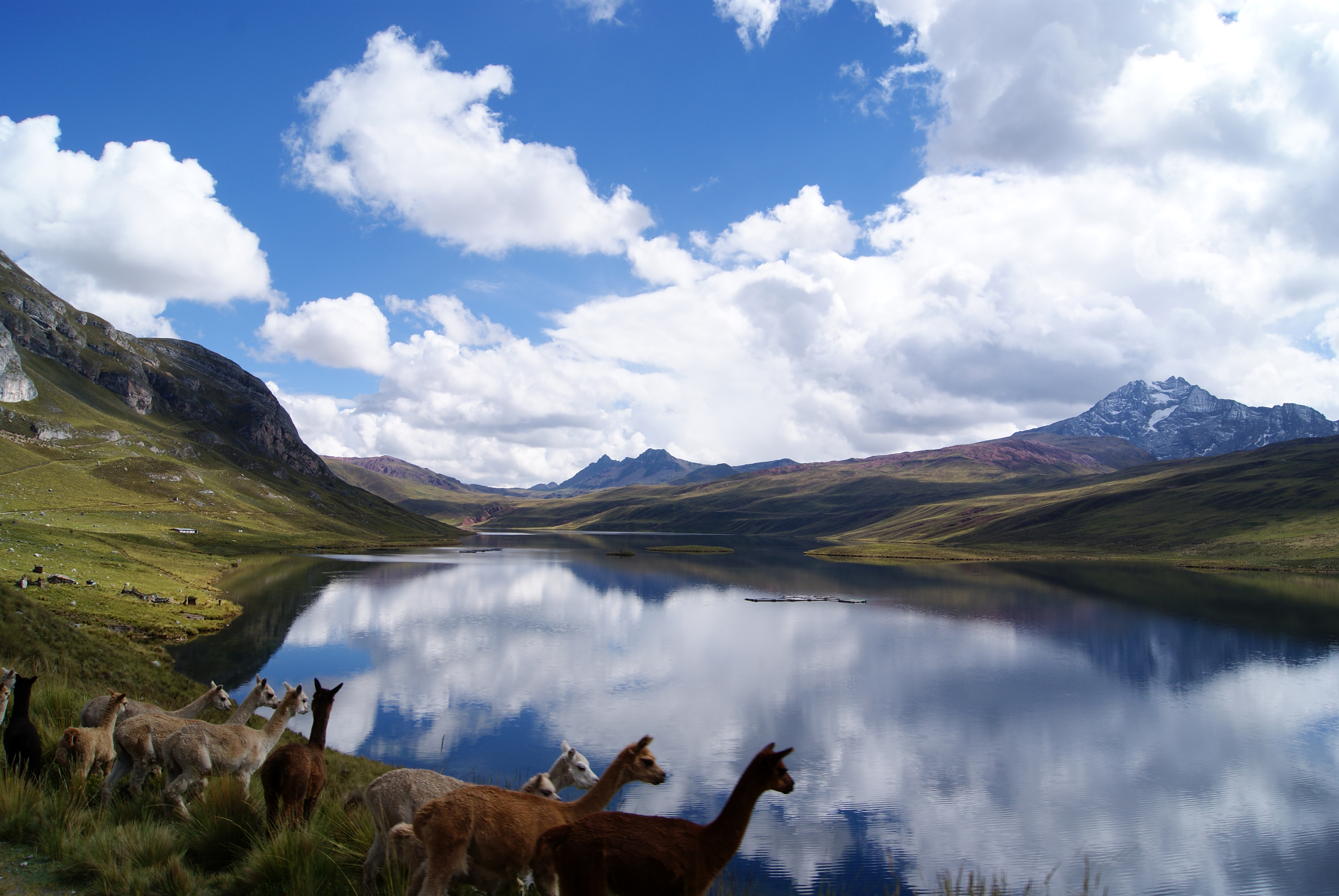
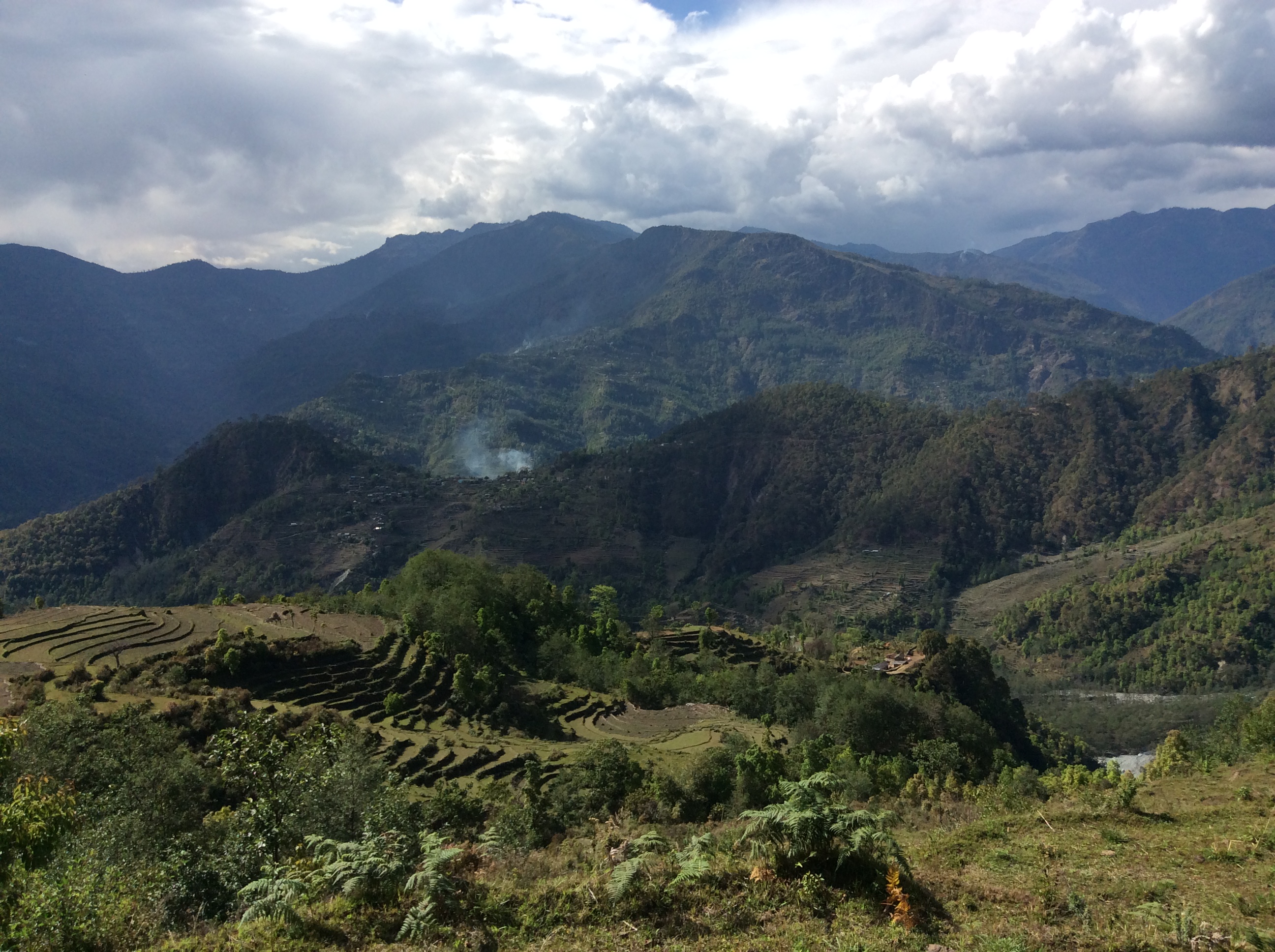

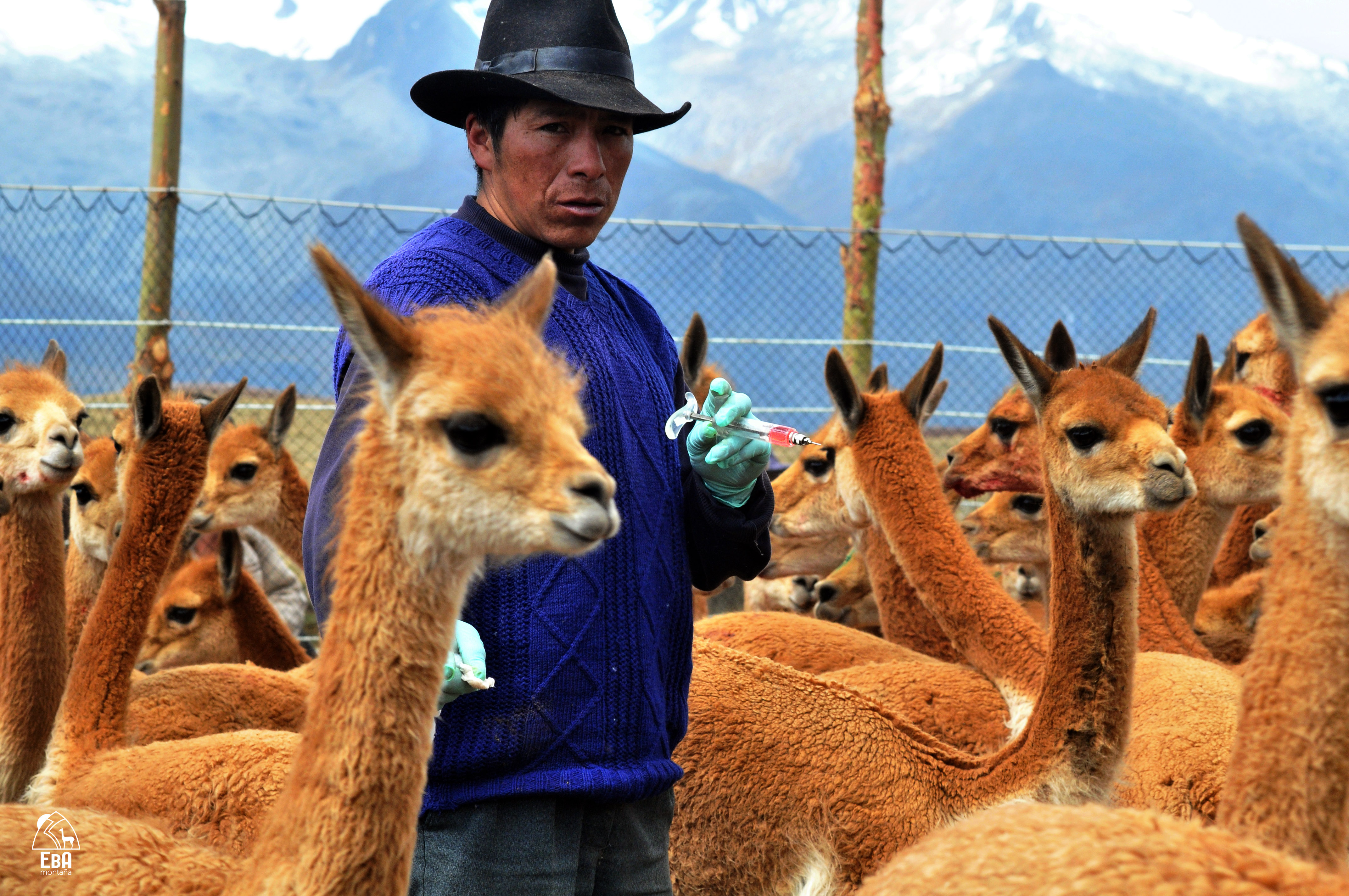
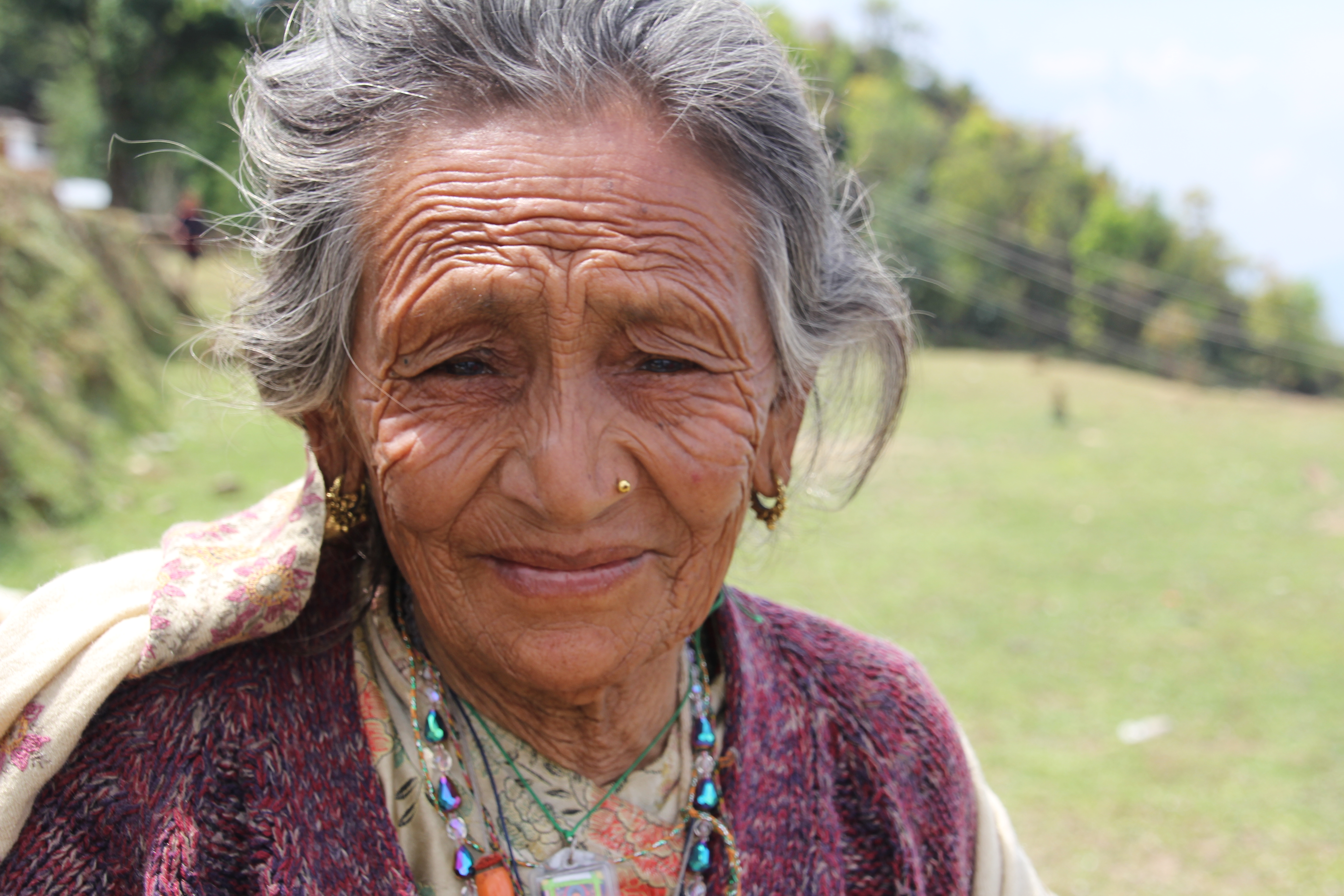
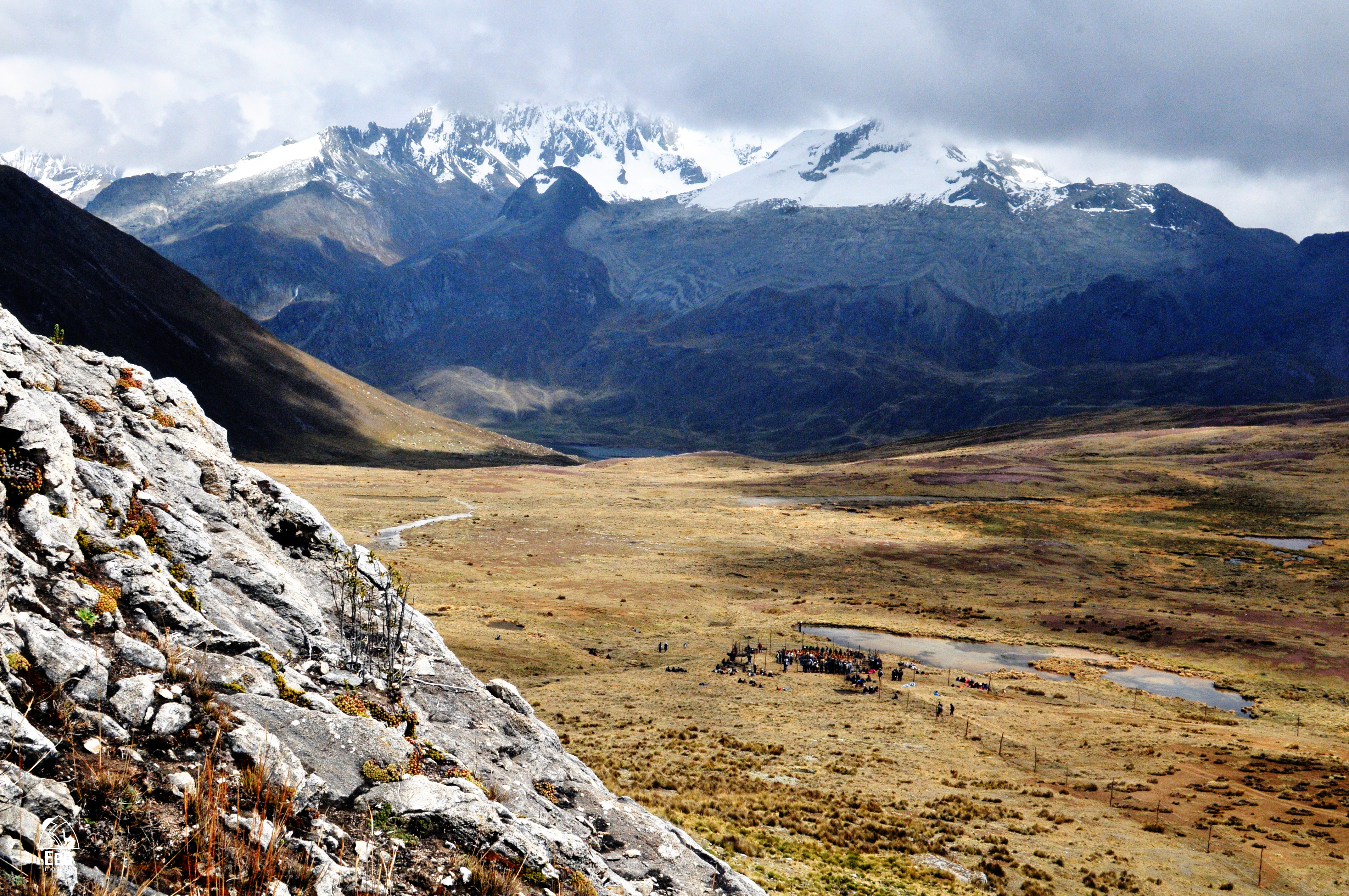
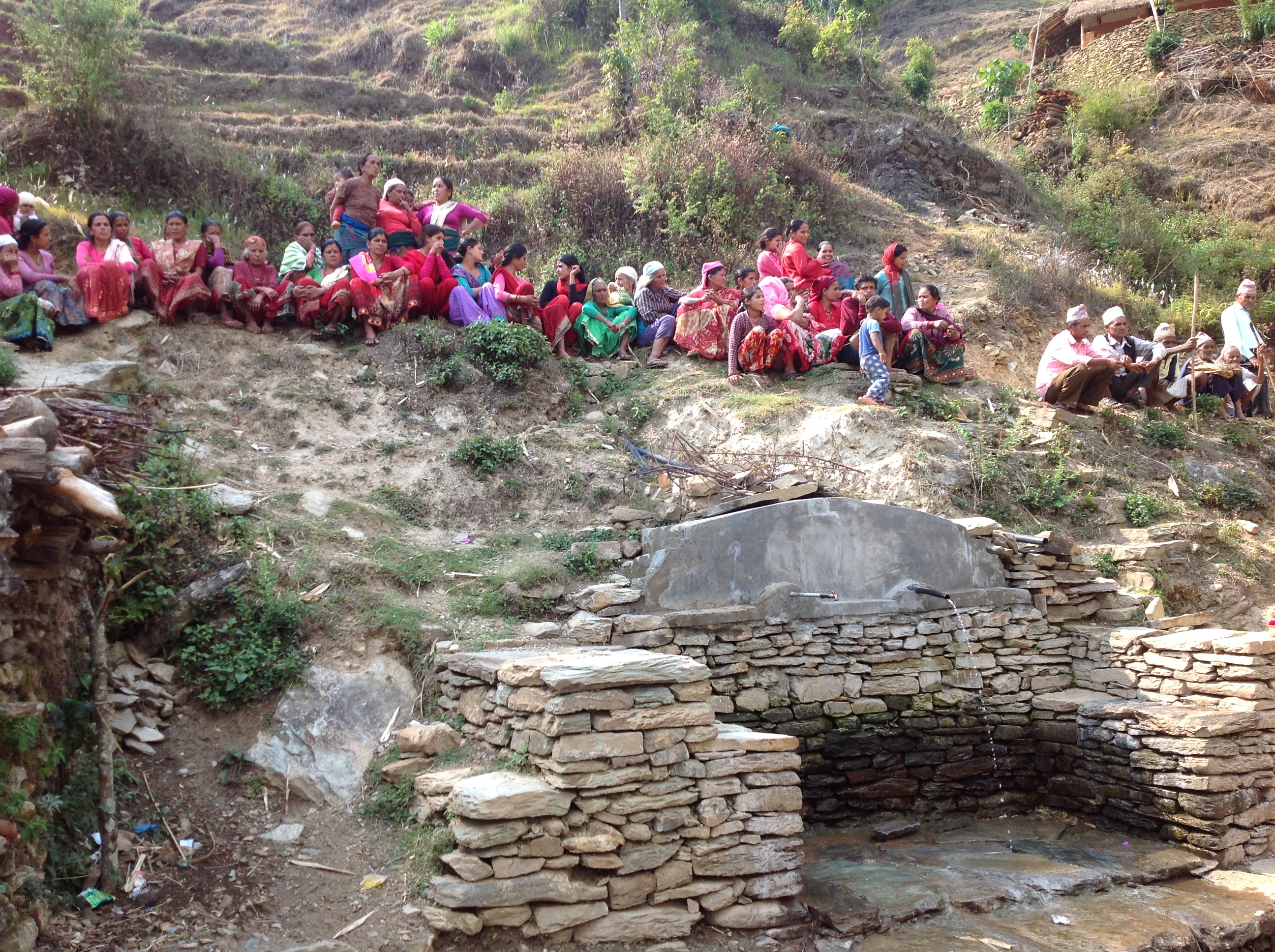
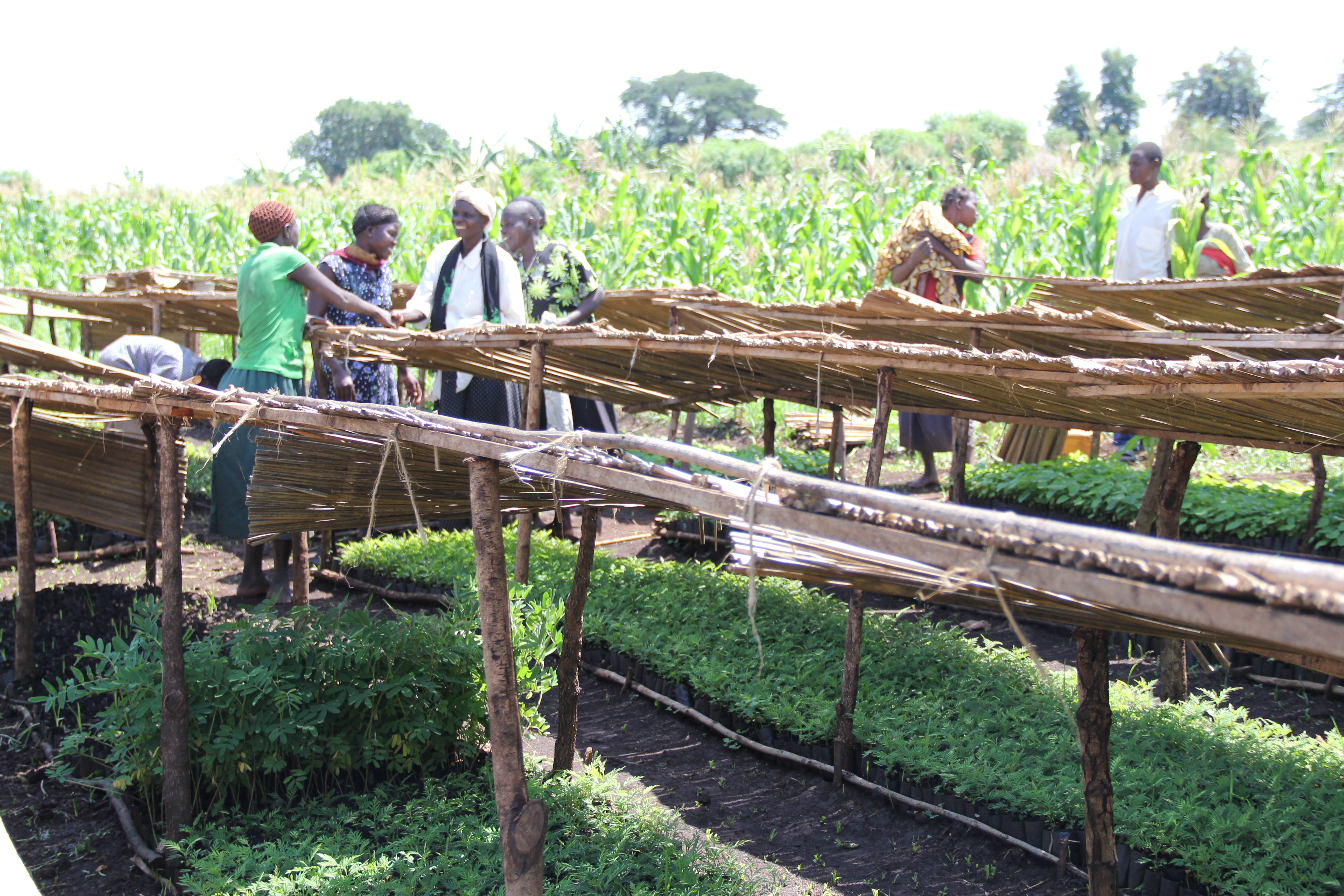

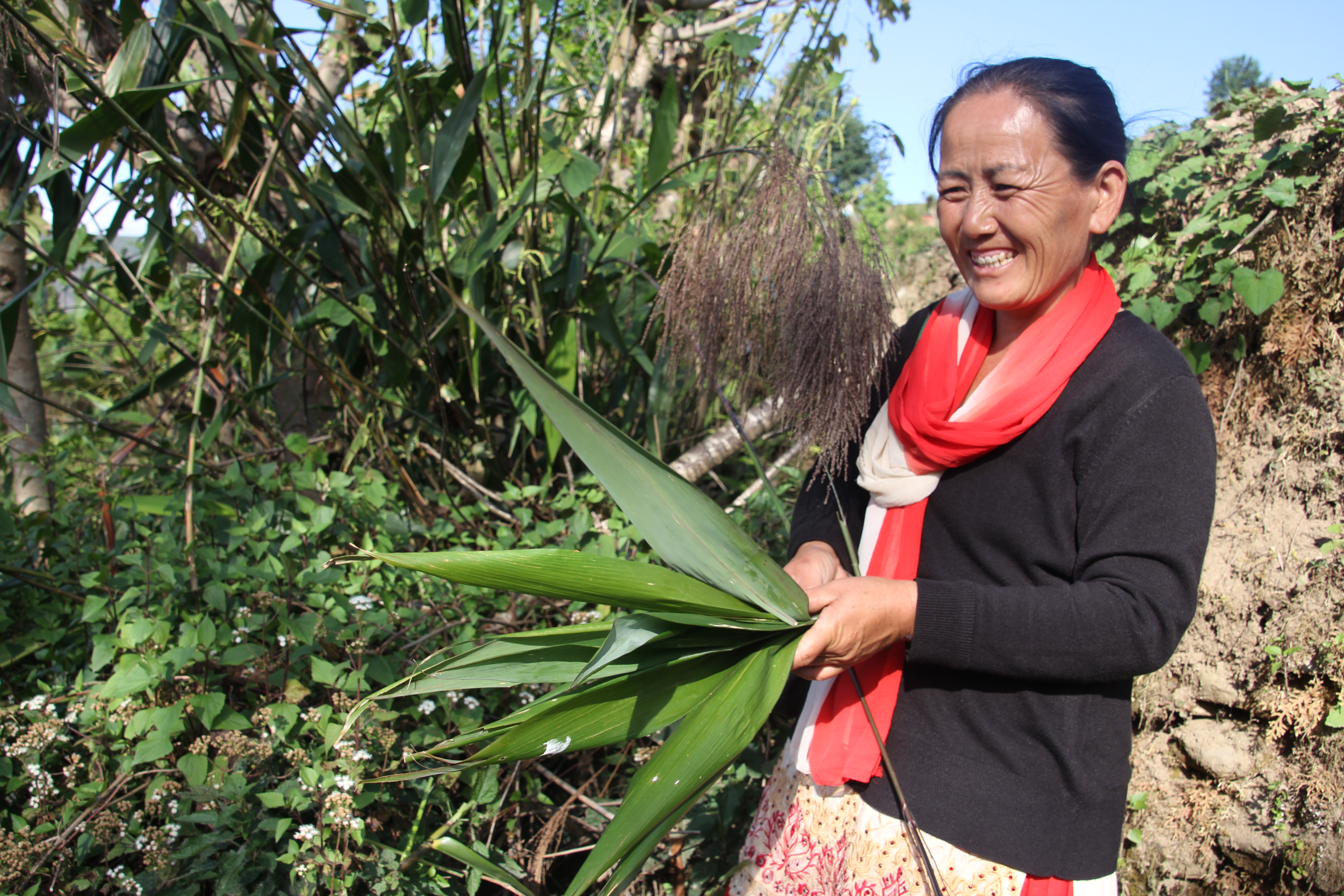
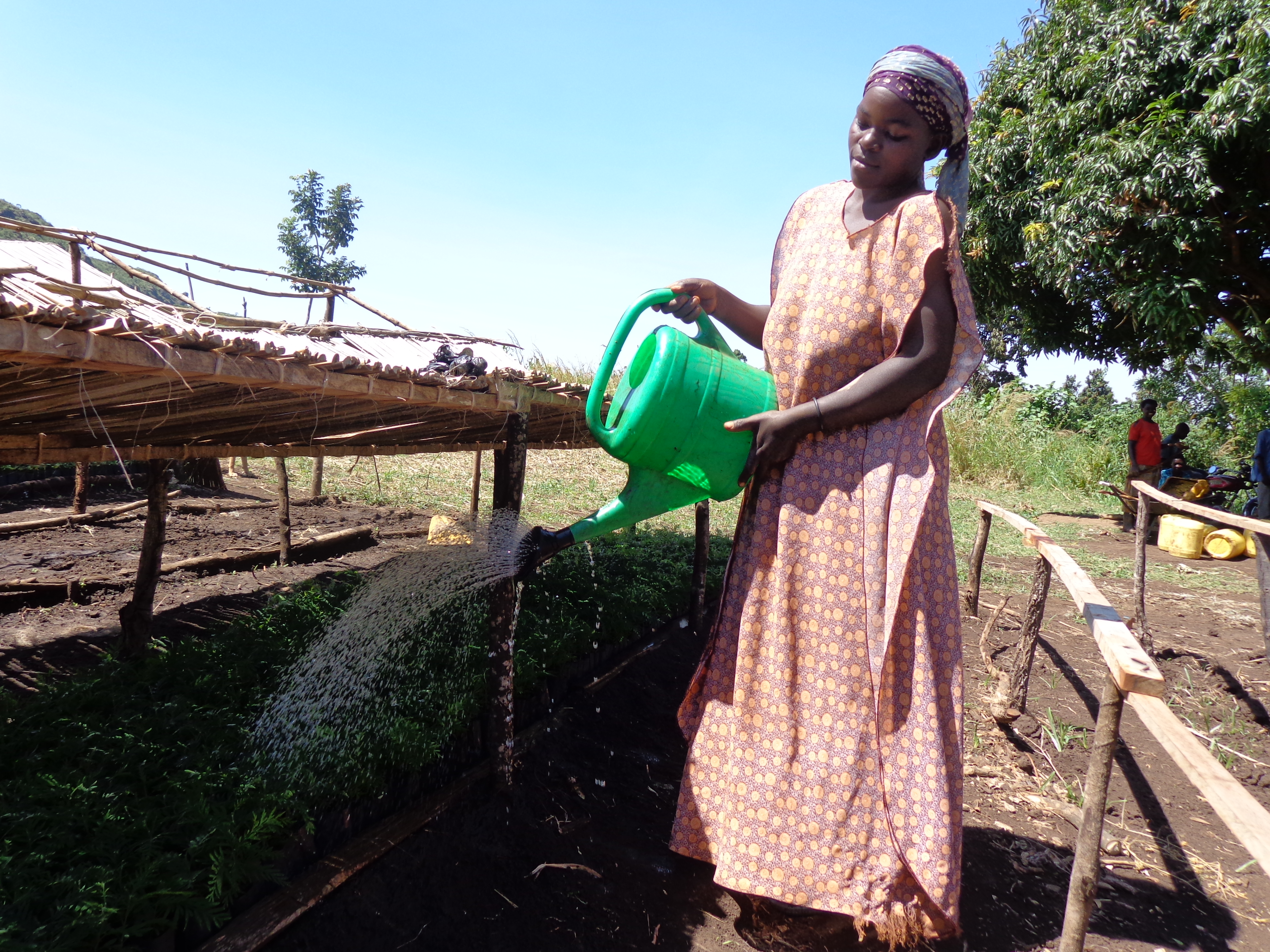
Assessments and Background Documents
Making the Case for Ecosystem-based Adaptation: The Global Mountain EbA Programme in Nepal, Peru and Uganda.
Project Brief / Fact Sheet
Learning Brief 4 - Making the case for policy change and financing for Ecosystem-based Adaptation
Learning Brief 3 - Making the economic case for Ecosystem-based Adaptation
Learning Brief 2 - Generating multiple benefits from Ecosystem-based Adaptation in Mountain Ecosystems
Learning Brief 1 - Introduction to Ecosystem-based Adaptation: A nature-based response to climate change
Training & Tools
UNEP-WCMC (2015) VIA Guidance Document: Executive Summary - RU
UNEP-WCMC (2015) VIA Guidance Document: Executive Summary - PT
UNEP-WCMC (2015) VIA Guidance Document: Executive Summary - SP
UNEP-WCMC (2015) VIA Guidance Document: Executive Summary - FR
Brochures, Posters, Communications Products
Mt EbA Programme (2014) Programme Brochure: Ecosystem-based Adaptation: Adapting to Climate Change in Mountain Ecosystems
UNEP (2010) Making the Case for Ecosystem-based Adaptation (Mt EbA Programme)
The Ecosystems-based Adaptation (EbA) in Mountains Programme is a global partnership jointly implemented by UNDP, UNEP and IUCN from 2011-2015, with funding from the Germany’s Federal Ministry for the Environment, Nature Conservation, Building and Nuclear Safety (BMUB). While global in scope, Uganda, Nepal and Peru were selected as pilot countries, due to their significant vulnerability to climate change, coupled with their endowment of fragile mountain ecosystems upon which a multitude of communities and economic activities depend.
The overarching Programme goal is to strengthen capacities of the involved governments and local communities to reduce vulnerability and increase resilience to the effects of climate change using EbA measures in targeted mountain ecosystems.
Expected programme results include:
- New and field tested methodologies and decision-making tools for EbA, including Vulnerability & Impact Assessments;
- Monitoring and Evaluation centered on ecosystem resilience; and
- Capacities and knowledge of all involved stakeholders (national, district and local level government, local communities and civil society organizations) will be enhanced for planning and implementing both early action “No Regrets” and longer-term EbA measures through pilot activities in target mountain ecosystems.
Based on evidence emerging from these processes, lessons will also be generated on how to use cost-benefit analyses to make an economic case for specific EbA measures. In close collaboration with key governments agencies, evidence and lessons will be generated on how to mainstream EbA into broader district and national policy and financing frameworks. These lessons can be scaled-up and shared as policy examples at regional and global levels beyond the three pilot countries. Overall, the resilience to climate change of targeted mountain ecosystems and their local custodians will be enhanced.
Outcome 1: Methodologies and tools for EbA decision making developed. The application of appropriate scientific methodologies and tools to assist decision makers on the effectiveness of the interventions is a critical ingredient of successful EbA approaches. In each pilot country, this outcome will finance a process that will assess, evaluate and develop appropriate methodologies for use in informing project adaptation actions. Additional results that will be generated include development of project baselines as well as comprehensive monitoring and evaluation mechanisms to monitor programme impacts. Indicators will be developed to specifically measure impacts related to ecosystem functioning and adaptive capacity.
Outcome 2: EbA methodologies and tools applied at ecosystem level. This outcome will finance the development of a capacity building approach that, in turn, will be used to apply the methodologies and tools developed under Outcome 1. In order to ensure sustainability in the use of the tools as well as ensuring that results from the programme are integrated in national processes, relevant stakeholders who were to be involved in the programme will be trained in the use and application of the tools.
Outcome 3: EbA pilot projects implemented in each pilot country and contributing towards ecosystem resilience and reduction of livelihood vulnerability in the face of climate change impacts. A number of EbA activities will be identified and selected for implementation based on the outputs of outcomes 1 and 2. In addition, 1) institutional roles and responsibilities for EbA will be agreed to by different stakeholders at all levels; 2) Institutional capacity of local governments and other key national institutions to plan, monitor and enforce EbA will be enhanced; 3) pilot projects focusing on water resources management and enhancement of soil conservation measures will be implemented; 4) market opportunities and access will be enhanced; and 5) lessons learned from pilot projects will be captured and disseminated.
Outcome 4: Business case for EbA at the local and national levels developed. To make an economic case for EbA, the project will identify and apply the best methods and practice for socio-economic evaluation of adaptation options. This will provide an economic justification for support from relevant government institutions for the use of EbA as a climate risk management strategy. To this end, i) an enabling environment for scaling-up EbA at national level will be created; and ii) information and capacities of key government stakeholders will be enhanced so as to integrate EBA into national development planning processes and climate change policies and strategies.
Outcome 5:New learning and knowledge on EbA generated. In early 2014, the scope of the Programme was expanded to include a new Learning and Knowledge Component. These new activities will strengthen learning about EbA at various levels namely 1) site level – i.e. the three pilot sites in Nor Yauyos-Cochas, Mount Elgon and Panchase – 2) country level (Peru, Uganda and Nepal), and 3) beyond (inter-country, regional and global levels). Systematization of generated information and learning wil be used by partners to generate new science, insights and messages that can influence policy and practice on EBA in mountain ecosystems and beyond. The application of methodologies and tools, combined with implementation of pilot activities, will enable the Programme to shorten the learning curve for local and national institutions, and fast-track the transfer of knowledge and experience in building ecosystem and social resilience to climate change.
The EbA Mountain Ecosystems Programme is working in designated project sites in Nepal, Peru, and Uganda.
Africa Adaptation Programme
The Africa Adaptation Programme was launched in 2008 by the United Nations Development Programme in partnership with the United Nations Industrial Development Organization (UNIDO), the United Nations Children’s Fund (UNICEF) and the World Food Programme (WFP) and with US$92.1 million support from the Government of Japan. The AAP was established under the Japan-UNDP Joint Framework for Building Partnership to Address Climate Change in Africa, which was founded at the Fourth Tokyo International Conference on African Development (TICAD) in May 2008.
Over a 3 year period, concluding at the end of 2012, AAP instituted transformational changes in the 20 African countries in the areas of 1) long-term planning; 2) leadership and institutional capacity; 3) climate-resilient policies and measures; 4) innovative finance; and 5) knowledge generation and sharing. AAP’s support helped enhance the adaptive capacity of the AAP countries, promote early adaptation action and lay the foundation for long-term investment to increase resilience to climate change across the African continent.
The 20 AAP countries were: Burkina Faso, Cameroon, Congo, Ethiopia, Gabon, Ghana, Kenya, Lesotho, Malawi, Mauritius, Mozambique, Morocco, Namibia, Niger, Nigeria, Rwanda, Sao Tome Principe, Senegal, Tanzania, and Tunisia.
Africa is particularly vulnerable to climate change. It will exacerbate the economic, political and humanitarian stresses that countries in the region already face, and greatly reduce their capacity to eradicate extreme poverty. The poorest segments of society will be the most severely affected because they are also the least able to adapt. Responding to the threat of climate change will require concerted action on an unprecedented scale. Systematic action will be required across all levels of development planning and implementation (regional, national, sub-national, and local) if development in a number of countries is not to be reversed.
Some African countries have identified key vulnerabilities and priority adaptation measures, and others have initiated demonstration adaptation projects. However, countries continue to face a number of challenges including the following: (i) adaptation initiatives are limited in scope and scale, and their impacts are neither cohesive nor sustainable; (ii) institutional capacities, relationships, policies and practices to assess and manage climate change risks are not developed sufficiently to create an enabling environment, with corresponding political and social champions to support the formulation and implementation of efficient solutions to a problem that has complex multi-sectoral effects; (iii) limited knowledge of the most appropriate adaptation policies and measures hinders countries from preparing themselves with the necessary institutional capacities to support climate risk management; (iv) limited financing options to sustain scaled-up adaptation remains a constraint; and (v) it is difficult for countries to learn from each other about their experiences with different approaches to adaptation.
During the three years of its implementation (2010-2012), AAP laid the groundwork for an ongoing, dynamic adaptation process in harmony with each country’s social, environmental and economic priorities. In all 20 countries, AAP has nourished an environment in which decisions and activities in support of adaptation can be evidence-based, strategic and appropriate to the goals of sustainable development, resulting in long-term investment to increase resilience to climate change.
Strengthening Long-Term Planning Mechanisms
AAP’s Data and Information Management Component (DIMC) assisted countries to develop the infrastructure and capabilities needed to access, analyse and apply climate data and information for decision-making. Overall, over 10,000 people were trained in climate data analysis under AAP’s DIMC. AAP’s support under DIMC helped increase countries’ capacity to support vulnerability and risk assessments and use climate data and information to integrate adaptation into national development planning.
Building Institutional and Leadership Capacity
AAP assisted in enhancing professional leadership capacity and institutional effectiveness in countries by increasing awareness of climate change issues, developing multi-stakeholder approaches and implementing national adaptation strategies that address the needs of men and women equally. For example, under AAP, Kenya established a National Climate Change Secretariat to coordinate the different climate change focal points in key government ministries. Through this multi-ministerial coordination, Kenya has facilitated the National Climate Change Response Strategy and ensured adaptation interventions take a multi-sectoral approach.
Implementing Climate-Resilient Policies and Measures
AAP provided assistance to countries to implement policy measures that protect climate sensitive sectors and encourage private sector investment in adaptation, such as adaptation pilot projects and national climate change strategies. For example, Nigeria, with the support of AAP, adopted a National Policy on Climate Change and Response Strategy, which will ensure a coordinated approach to addressing climate change.
Innovative Finance
Under AAP, innovative financing options to meet national adaptation costs were expanded at the local, national, sub-regional and regional levels. For example, AAP supported Morocco to expand public-private partnerships to mobilise funds for future climate change projects in local communities. Through a public-private partnership developed through AAP, a solar lighting project was completed in a rural community. Additionally, AAP trained stakeholders to undertake cost-benefit analyses of adaptation options.
Generating and Sharing Knowledge
Through AAP, knowledge on adjusting national development processes to fully incorporate climate change risks and opportunity was generated and shared across all levels across all 20 countries. For example, the production and broadcast of television and radio segments (e.g. Burkina Faso, Mauritius, Namibia, and Tunisia) and documentaries (e.g. Cameroon, Kenya, Morocco, Rwanda, Senegal and Tanzania) effectively shared information and concerns on climate change adaptation.
CBA Guatemala: Soil Recovery with Organic Composting, Crop and Soil Conservation Structures in Pin Pin Canton
The Pin Pin community is located in the village of Las Majada in Guatemala’s Tacana municipality. Residents of this densely-populated area mainly rely on subsistence farming. Ecosystems have been degraded due to over-population and poor land distribution. In recent years, the community members have been overwhelmed by the droughts, floods, soil erosion and landslides brought on by the unpredictable climate change events. Decreased production yields and increased incidences of malaria and other health risks due to water contamination are threatening their livelihoods and existence. Additionally, the coniferous forest cover, which contributes to 80% of the productivity in the area, is continually decreasing, as it is non-tolerant of the new weather conditions.
This Community-Based Adaptation project aims to strengthen the Pin Pin community’s resilience to adverse impacts of climate change through reforestation and sustainable soil conservation practices. Community members were involved in the planning and implementation of the project. Tree nurseries are established using native seeds, and reforestation activities seek to cover degraded areas, enrich native forests, and provide energy reserves. Soil conservation practices will create barriers that decrease pressure from the agricultural frontier, using organic compost to improve crops and soil. Gender mainstreaming is a primary project focus, as women did not politically participate in the municipality before this project.
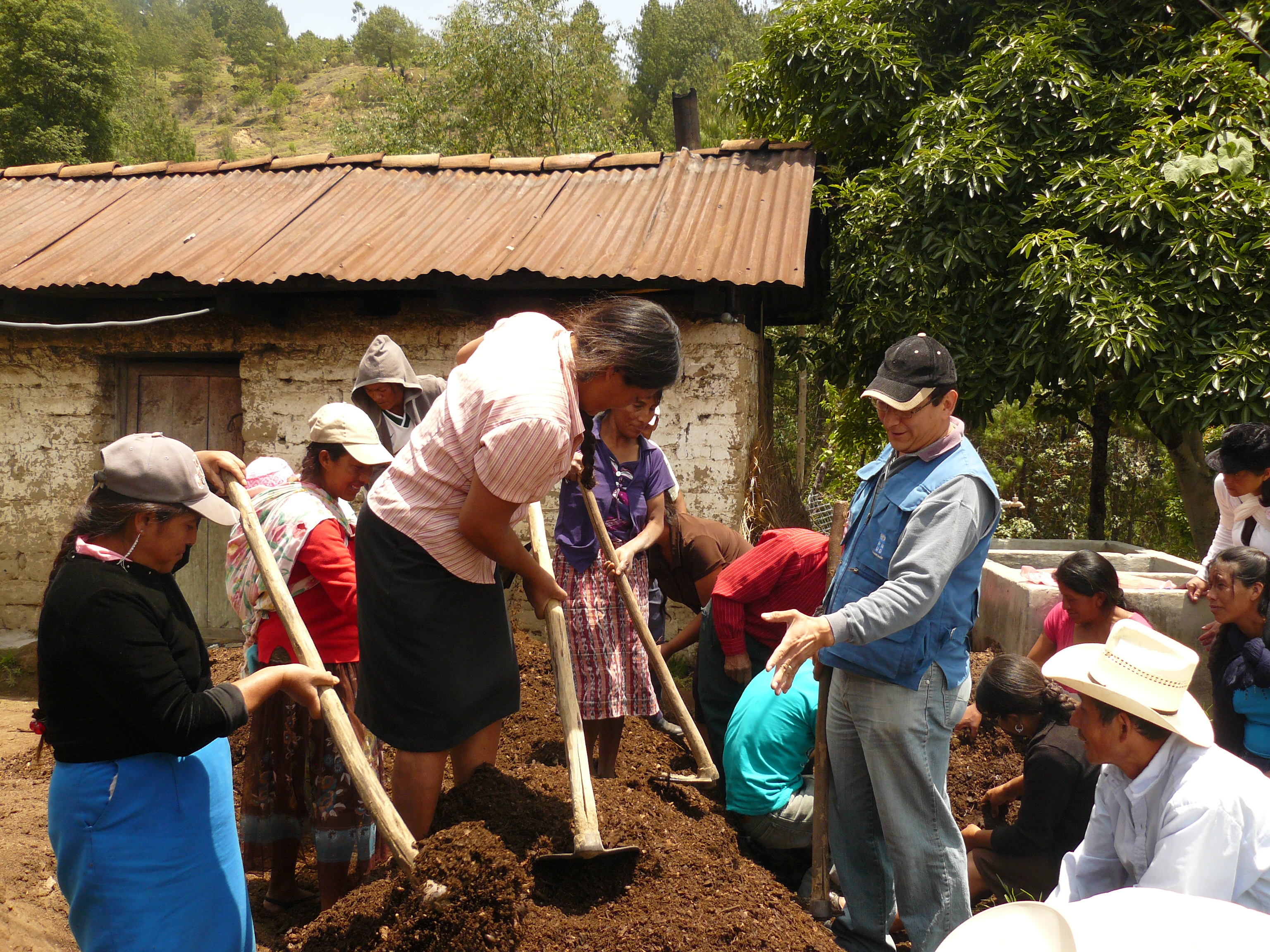
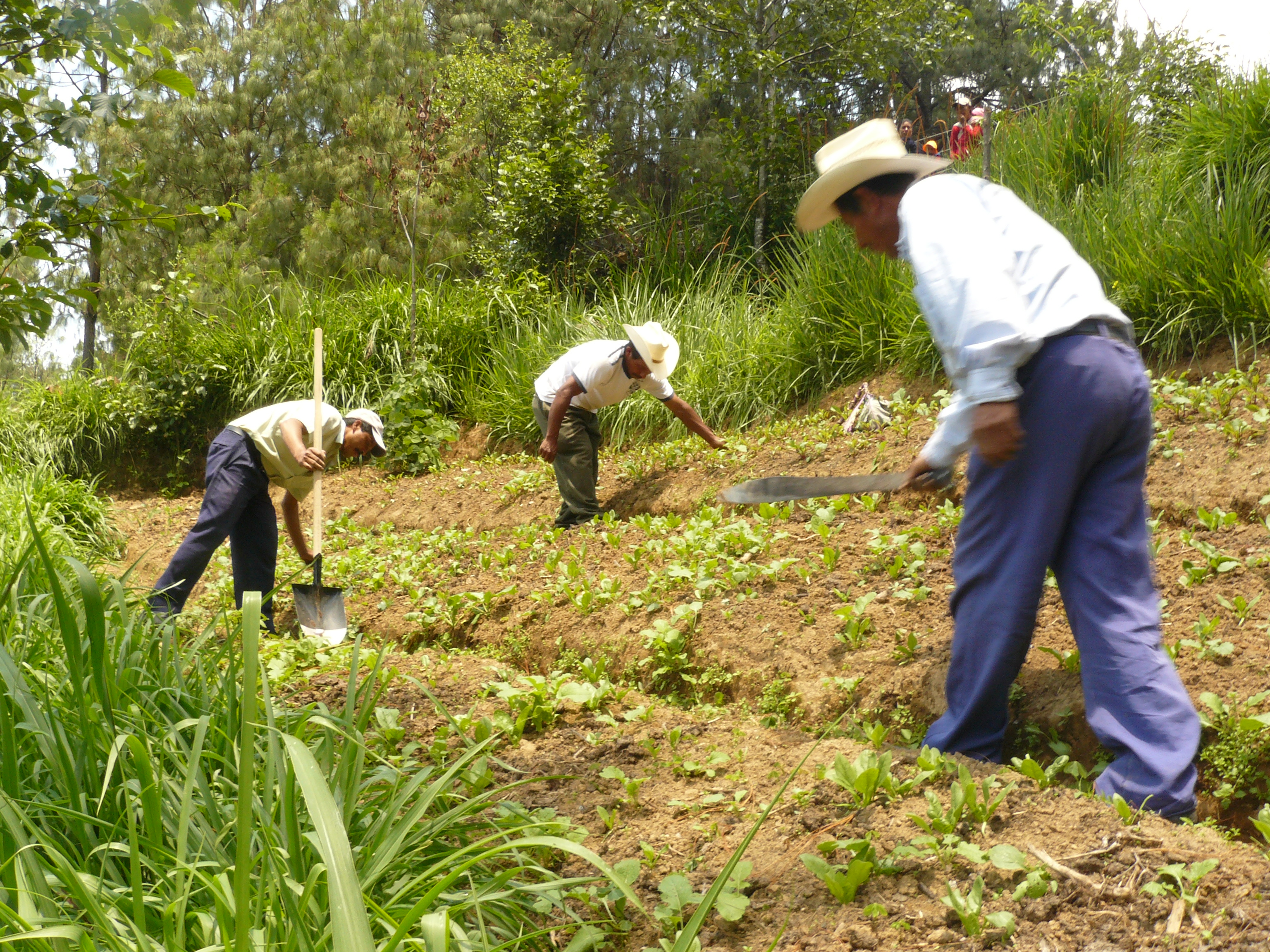
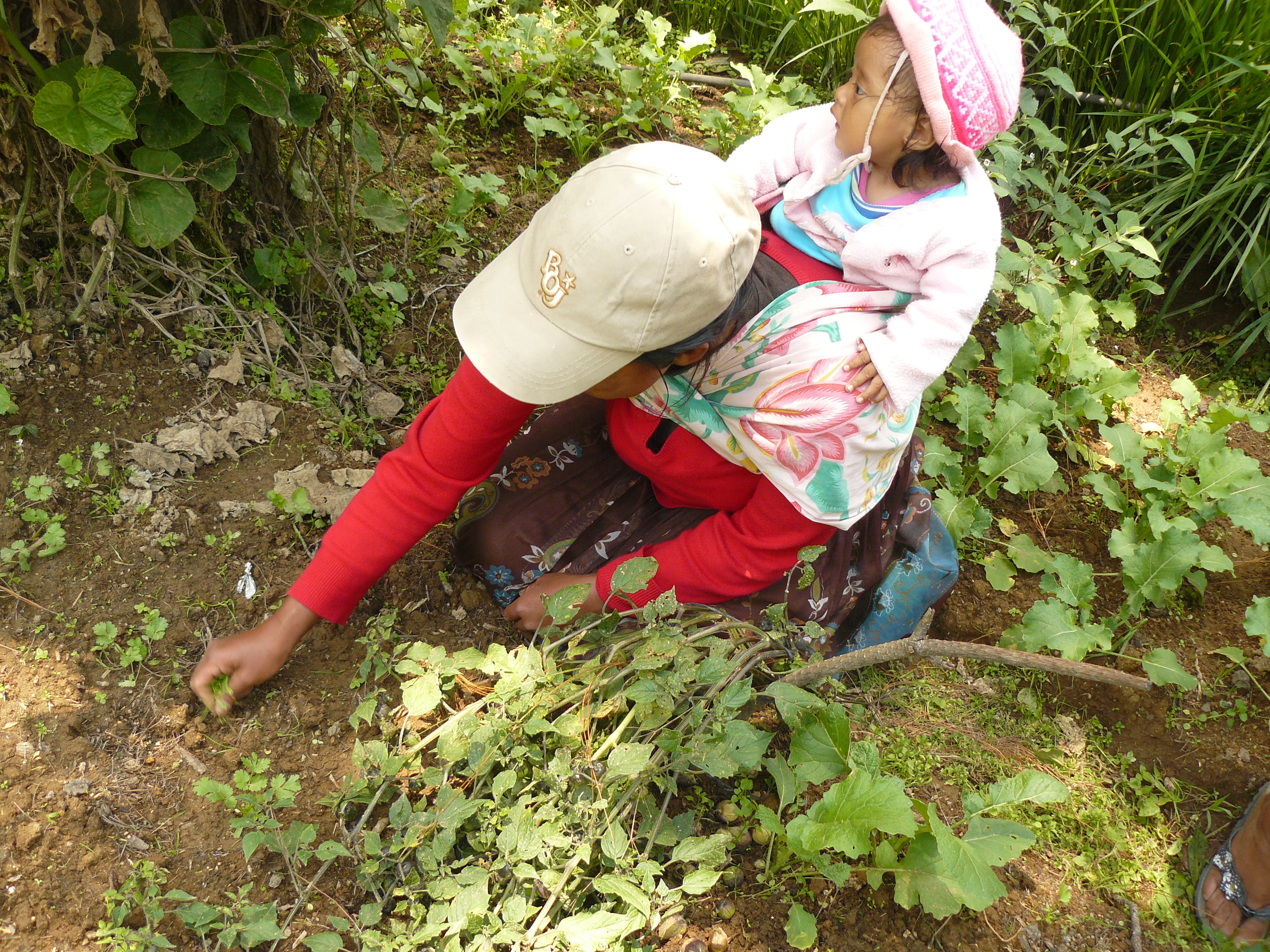
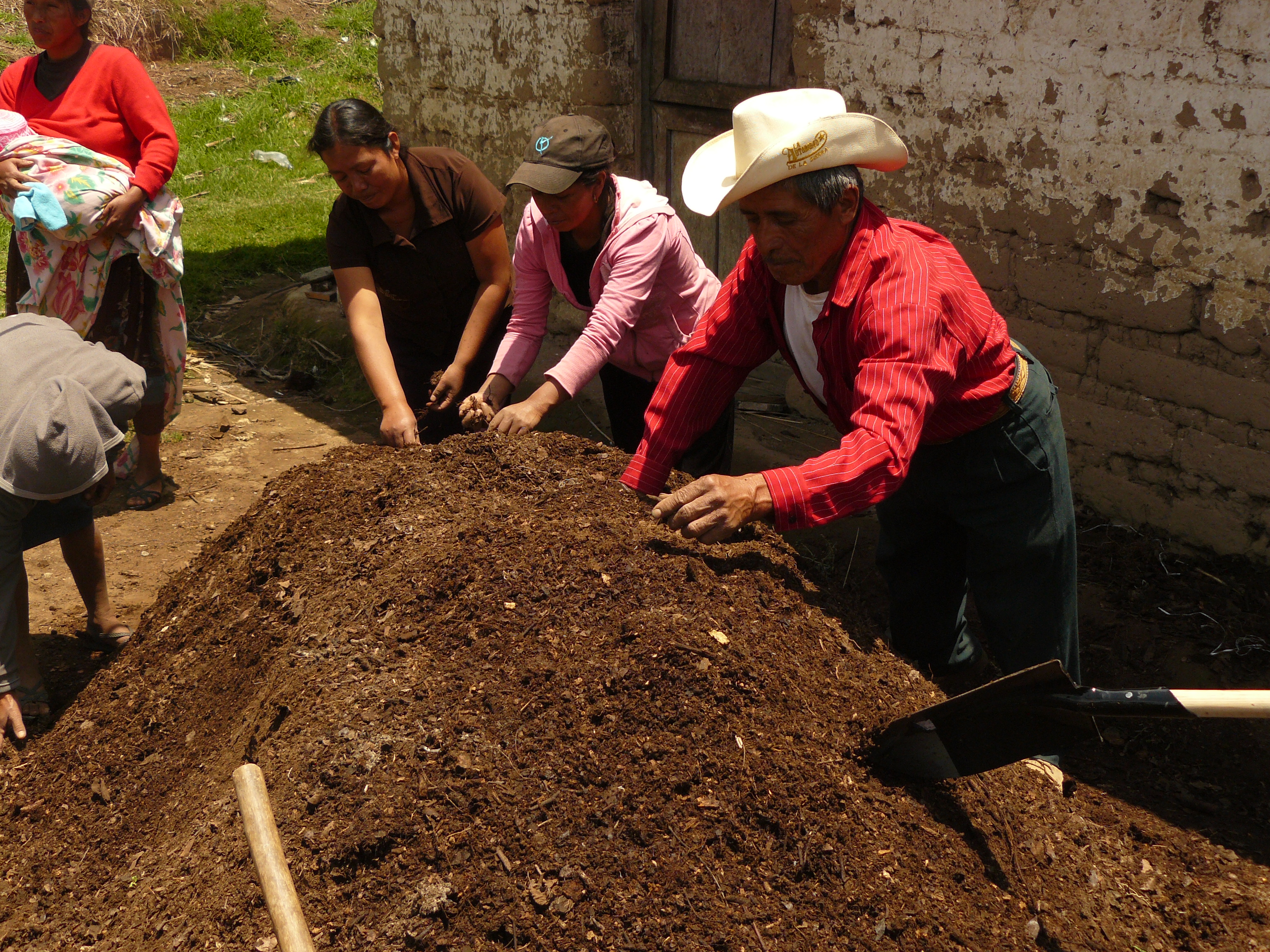
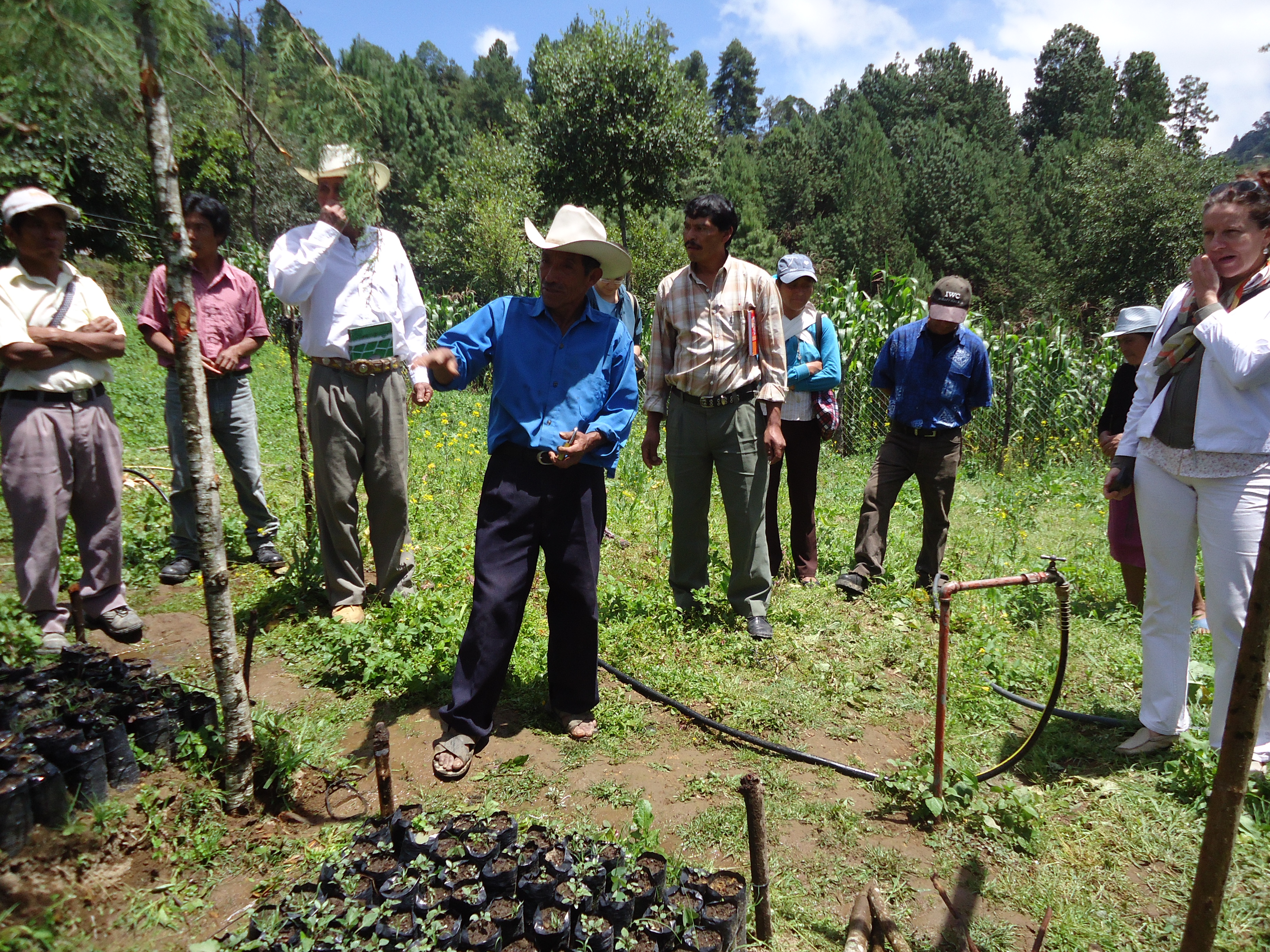

Project Brief / Fact Sheet
PIFs
By Guatemala’s Northwest border, the Pin Pin community is located in the village of Las Majada in the Tacana municipality. The project area is located in the river basins and surrounded by the Tacana volcano, which is the second highest peak in Central America at 4,060 meters. It is characterized by deeply dissected plutonic and metamorphic terrain, and a mountainous climate with high humidity.
Subsistence farming is the main economic activity in this densely-populated area. Local ecosystems have been degraded due to over-population and poor distribution of agricultural lands. Climate change events, such as heavy rainfall, hurricanes and the increasing recurrences of cold fronts brought on by the El Nino phenomenon in the winter season, as well as higher temperatures and extended range of the hottest months in the summer season, have all exacerbated the ecosystems’ fragility.
In recent years, community members have been overwhelmed by the droughts, floods, soil erosion and landslides brought on by unpredictable climate change events. Decreased production yields and increased incidences of malaria and other health risks due to water contamination are threatening their livelihoods and existence. Additionally, the coniferous forest cover, which contributes to 80% of the productivity in the area, is continually decreasing as it is non-tolerant of the new weather conditions. This negatively affects the regeneration, growth and production of fruits, corn and beans. Reduction in corn production is estimated at 15%, as well as a 66% reduction for beans. Lastly, the warming trend in the area interferes with the germination and other crucial life stages of endemic species.
This Community-Based Adaptation project aims to strengthen the Pin Pin Community’s resilience to adverse impacts of climate change through reforestation and sustainable soil conservation practices. Through a participatory approach, community members were involved in the planning and implementation of the project. Preservation of native seeds (Pinus Rudis (red pine), Oinus Ayachahuite (white pine), Alnus ssp (alder) and Quercus spp (oak)) in the region and establishment of tree nurseries are used for reforestation activities for the following outcomes: 1.) to recover degraded areas; 2.) to enrich the native forests, and 3.) to provide energy reserves. Soil conservation practices include improving ditches, terracing, using barriers to decrease pressure from the agricultural frontier, and using organic compost to improve crops and soil.
Gender mainstreaming is a heavy focus of this project as women did not politically participate in the municipality before this project. Best practices, including social inclusion approaches, will be integrated to the Municipal Development Strategic Plan (PEDM).
Project Objective:
Rescatar con acciones comunitarias organizadas, voluntarias, responsables y orientadas hacia la adaptación al cambio climático y sus impactos locales como perdida de semillas locales, mal régimen de lluvias y cambios bruscos en el clima, que a la vez permitan la conservación de los suelos y especies locales representativas con fines de alimentación, así como reforestar con árboles de interés económico local y global.
Outcome 1.0: La comunidad establece un vivero comunitario y produce especies nativas tales como Pinus rudis, (pino colorado) Pinus ayachahuite, (pino blanco), Alnus ssp. (aliso), Quercus ssp (encino-roble) principalmente.
- Output 1.1: Un vivero comunitario es instalado y funciona para los fines establecidos.
- Output 1.2: Son producidos 15,000 arbolitos de especies nativas para reforestar áreas de la comunidad de Pin Pin.
Outcome 2.0: Se construyen aboneras orgánicas que fertilizan y ayudan a la estructura de los suelos de los asociados y asociadas.
- Output 2.1: Dos capacitaciones técnicas sobre la construcción de aboneras a 20 socios y socias.
- Output 2.2: 20 aboneras son construidas, tienen mantenimiento y son aplicadas a los terrenos de los asociados y asociadas.
Outcome 3.0: Los asociados y asociadas han construido estructuras de conservación de suelos acordes a la situación de sus terrenos que mitigan el efecto del cambio climático en erosión y deslaves establecidas en 2.4 Has...
- Output 3.1: 20 socios y socias participan en capacitación sobre conservación de suelos mediante terrazas, acequias, barreras vivas o muertas.
- Output 3.2: 20 socios y socias realizan conservación de suelos aplicando los conocimientos adquiridos, estableciendo al menos .04 Has. de terrazas y .08 Has. utilizando barreras.
- Output 3.3: Las estructuras de conservación de suelos establecidas tienen mantenimiento.
Outcome 4.0: Los socios y socias se han capacitado sobre técnicas agrícolas de bajo impacto ambiental y con orientación a la producción orgánica.
- Output 4.1: 20 socios y socias son capacitados en la producción Papa (Solanum ssp.).
- Output 4.2: 20 socios y socias son capacitados en la técnica de rescate, conservación y producción de semillas criollas de granos básicos entre otras.
- Output 4.3: 20 socios y socias son capacitados en el uso y manejo adecuado de pesticidas.
- Output 4.4: 20 socios y socias son capacitados y producen abonos orgánicos.
- Output 4.5: 20 socios y socias son capacitados y producen foliares orgánicos.
Outcome 5.0: Los socios y socias han plantado la plantilla producida en el vivero (reforestación) con fines de proteger su microcuenca, obtener bosques energéticos y la protección de fuentes de agua.
- Output 5.1: 20 socios y socias reciben capacitaciones sobre reforestación.
- Output 5.2: 15,000 árboles son plantados de común acuerdo y tienen mantenimiento.
Outcome 6.0: El grupo ha sido fortalecido en conocimientos sobre adaptación y mitigación al cambio climáticos, biodiversidad y sobre organización.
- Output 6.1: Capacitación sobre cambio climático y adaptación al cambio climático, dirigida a 20 socios y socias son realizadas.
- Output 6.2: Capacitación sobre organización, género y violencia, comercialización y biodiversidad dirigida a 20 asociados y asociadas son realizadas.
Outcome 7.0: La organización ha sido fortalecida en su capacidad organizativa, administrativa y monitoreo.
- Output 7.1: 20 socios y socias son fortalecidos en su capacidad organizativa y participativa.
- Output 7.2: 20 socios y socias son fortalecidos en su capacidad administrativa.
- Output 7.3: Una organización es fortalecida en sus capacidades de monitoreo.
Monitoring and evaluation for community-based adaptation is a new field, and the CBA project is piloting innovative approaches to evaluating the success of locally-driven adaptation projects, and generating lessons to inform ongoing practice.
Key considerations in M&E for CBA include:
- Grounding M&E in the local context: M&E for CBA should avoid overly rigid frameworks, recognizing community heterogeneity and maintaining local relevance
- Capturing global lessons from local projects: CBA projects are highly contextualized, but lessons generated should be relevant to stakeholders globally
- Incorporation of both quantitative and qualitative indicators: to ground projects in tangible changes that can be objectively evaluated, and to capture lessons and case studies for global dissemination
To these ends, the CBA project uses three indicator systems: the Vulnerability Reduction Assessment, the Small Grants Programme Impact Assessment System, and the UNDP Climate Change Adaptation Indicator Framework.
The Vulnerability Reduction Assessment (VRA)
The VRA is a question-based approach with the following aims:
- To make M&E responsive to community priorities
- To use M&E to make projects more accountable to local priorities
- To make M&E capture community ideas and local knowledge
- To gather community-level feedback to guide ongoing project management
- To generate qualitative information
- To capture lessons on specific issues within community-based adaptation
- To generate case studies highlighting adaptation projects
The VRA follows UNDP's Adaptation Policy Framework, and is measured in a series of meetings with local community stakeholders. In these meetings, locally-tailored questions based on standard VRA questions/indicators are posed, and the community assigns a numerical score on a 1-10 scale for each question. Progress is evaluated through changes in scores over the course of implementation, as well as through qualitative data collected in community discussions surrounding the exercise.
UNDP has developed a Users Guide to the VRA (Espanol) (Francais) as a tool to assist practitioners to conceptualize and execute VRA measurements in the context of CBA projects.
The SGP Impact Assessment System (IAS)
The CBA, being a project of the GEF Strategic Priority on Adaptation, aims to increase the resilience of ecosystems and communities to the impacts of climate change, generating global environmental benefits, and increasing their resilience in the face of climate change impacts. To this end, the CBA projects use the SGP's impact assessment system for monitoring achievements in GEF focal areas (focusing primarily on biodiversity and sustainable land management).
The IAS is composed of a number of quantitative indicators which track biophysical ecosystem indicators, as well as policy impact, capacity development and awareness-building.
UNDP Climate Change Adaptation Indicator Framework
CBA projects also track quantitative indicators from UNDP's adaptation indicator framework, corresponding to the thematic area on natural resources management. More information on UNDP's indicator framework can be found on the UNDP climate change adaptation monitoring and evaluation website.
* This description applies to all projects implemented through UNDP's Community-Based Adaptation programme. Specific details on this project's M&E will be included here as they become available. *
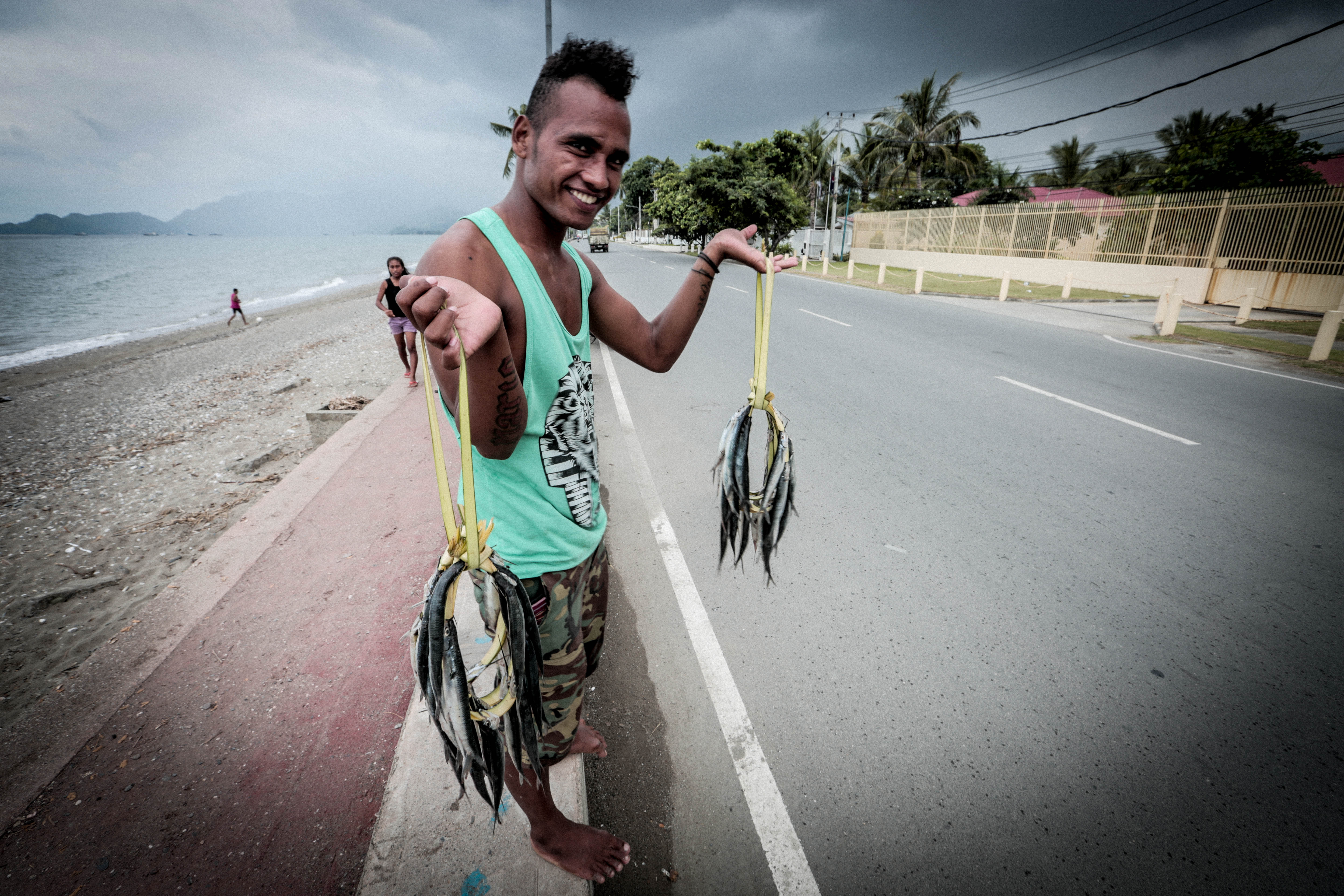
CBA Guatemala: Adapting to Climate Change through the Application of Green Forest Borders (ODICH)
In the San Marcos department of Northwestern Guatemala, the indigenous people (Mayan Mam) of the Chocabj community are faced with climate change variability that threatens their existence and the ecosystems they rely on. Erratic rainfall and droughts cause water shortage for human consumption and agriculture irrigation and the torrential rains cause landslides that put people’s lives in danger and natural resources in peril. Along with the rest of the Guatemala and other countries in Central America, the communities are still coping with damages from Hurricane Stan that have affected infrastructure, crops and water resources. With the continuous climate change impacts, the communities need to learn sustainable adaptive solutions to make them, and the ecosystems they rely on, resilient.
This Community-Based Adaptation project aims to reduce the community’s vulnerability to climate change through awareness-raising and capacity building workshops. Community members will develop an action plan on sustainable natural resource management (reforestation, soil conservation, terracing) and biodiversity conservation, which will be executed by the communities themselves with technical support and advice from UNDP and its partners including the implementing NGO.
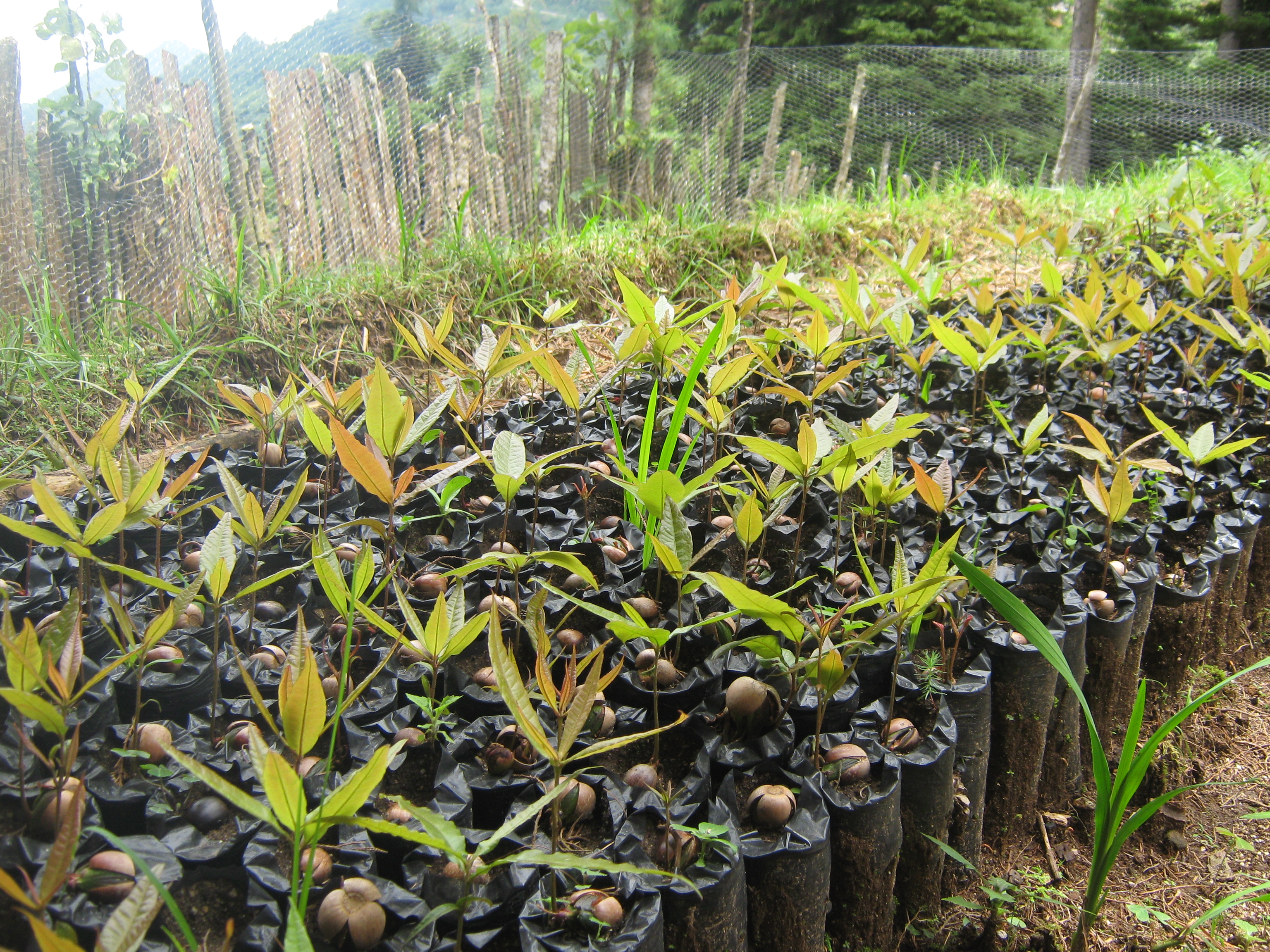
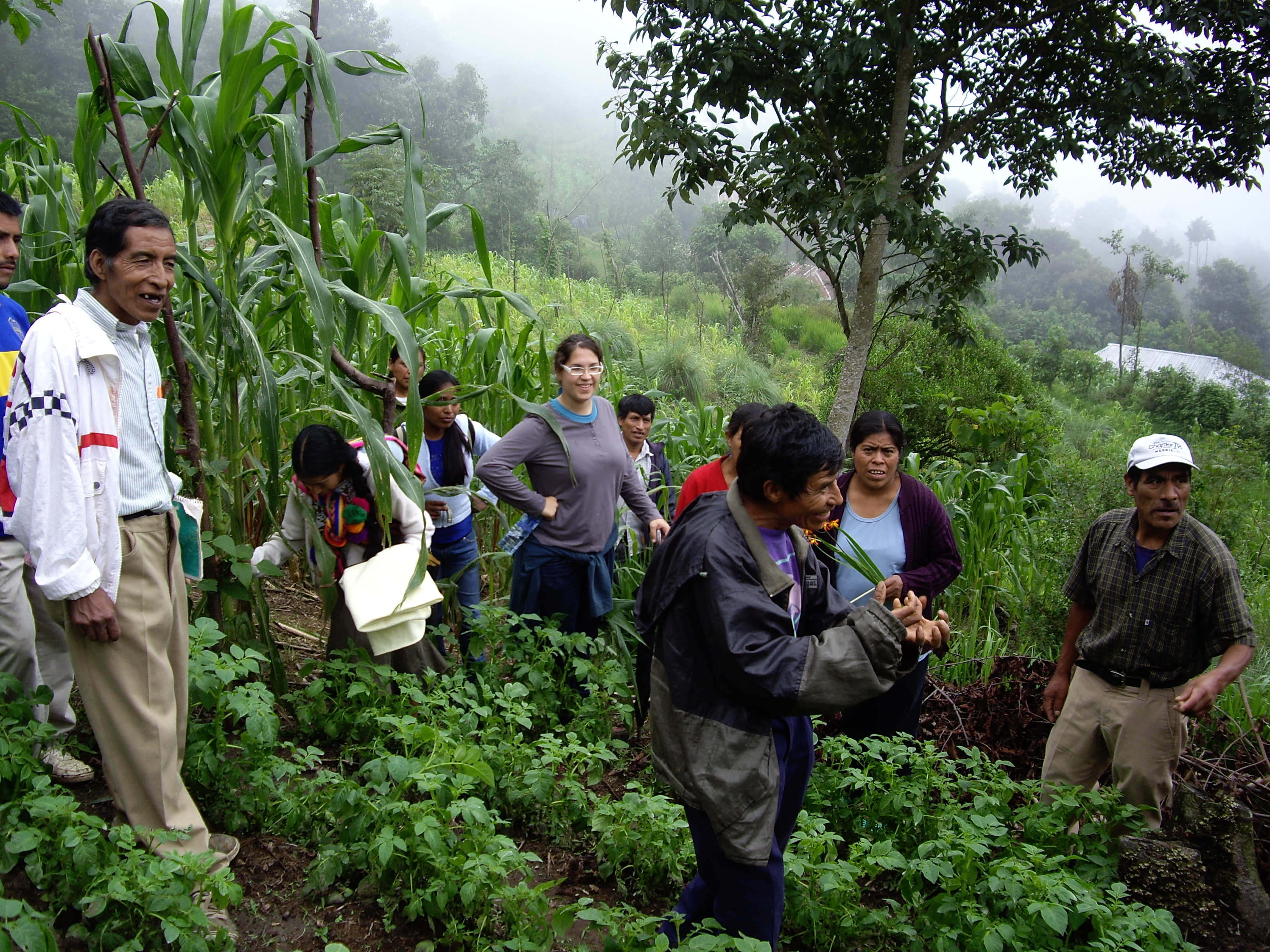
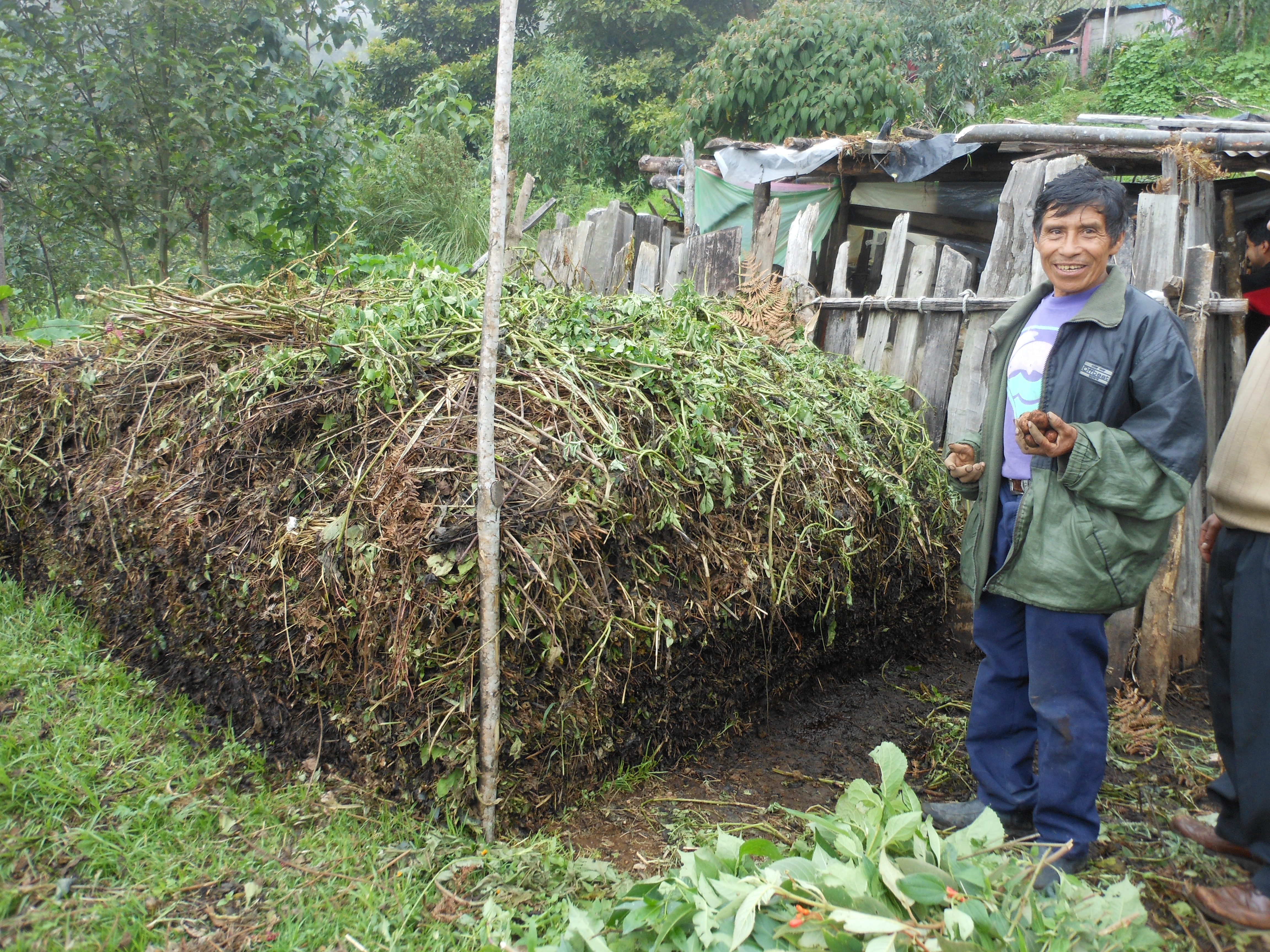
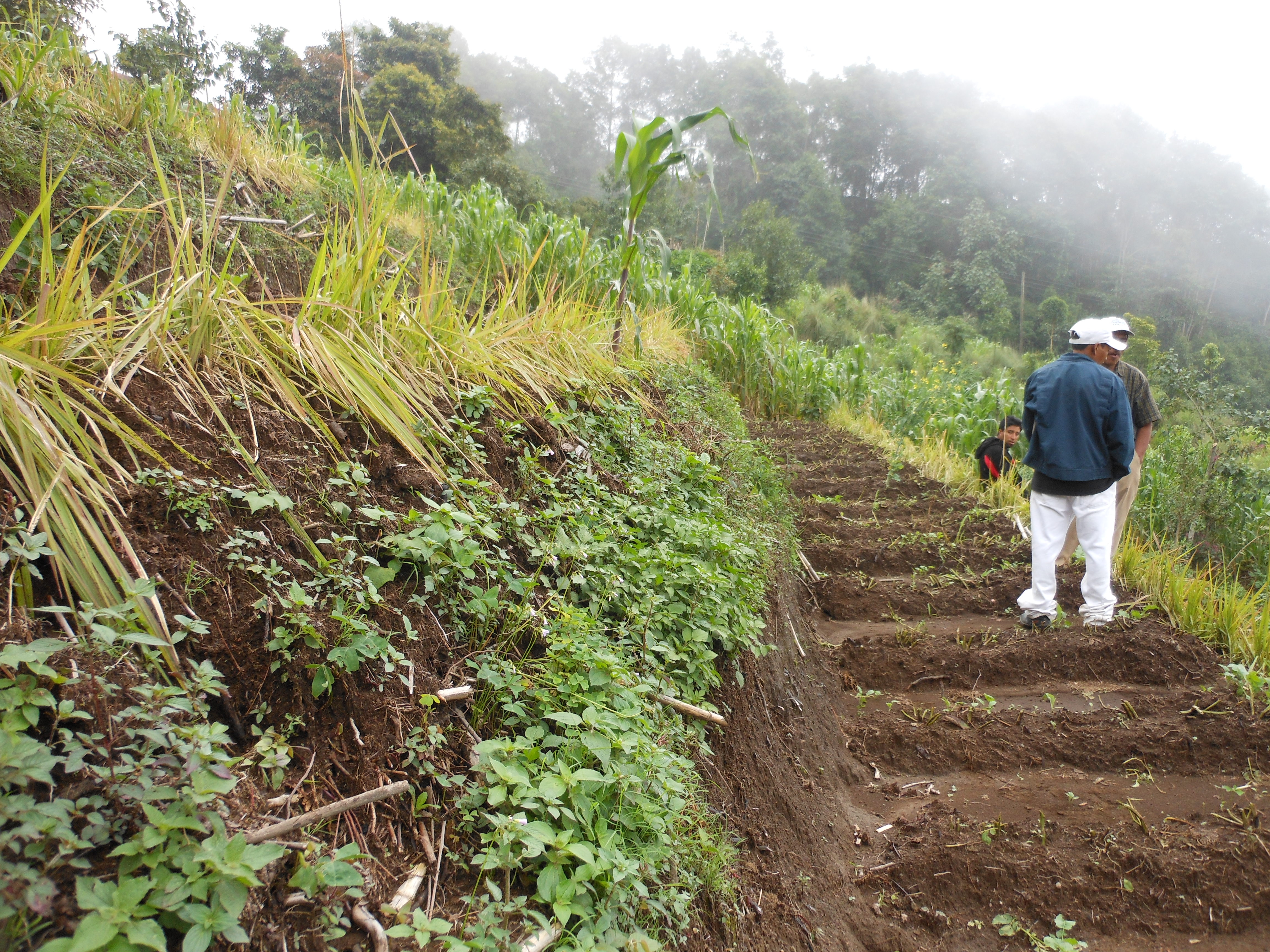
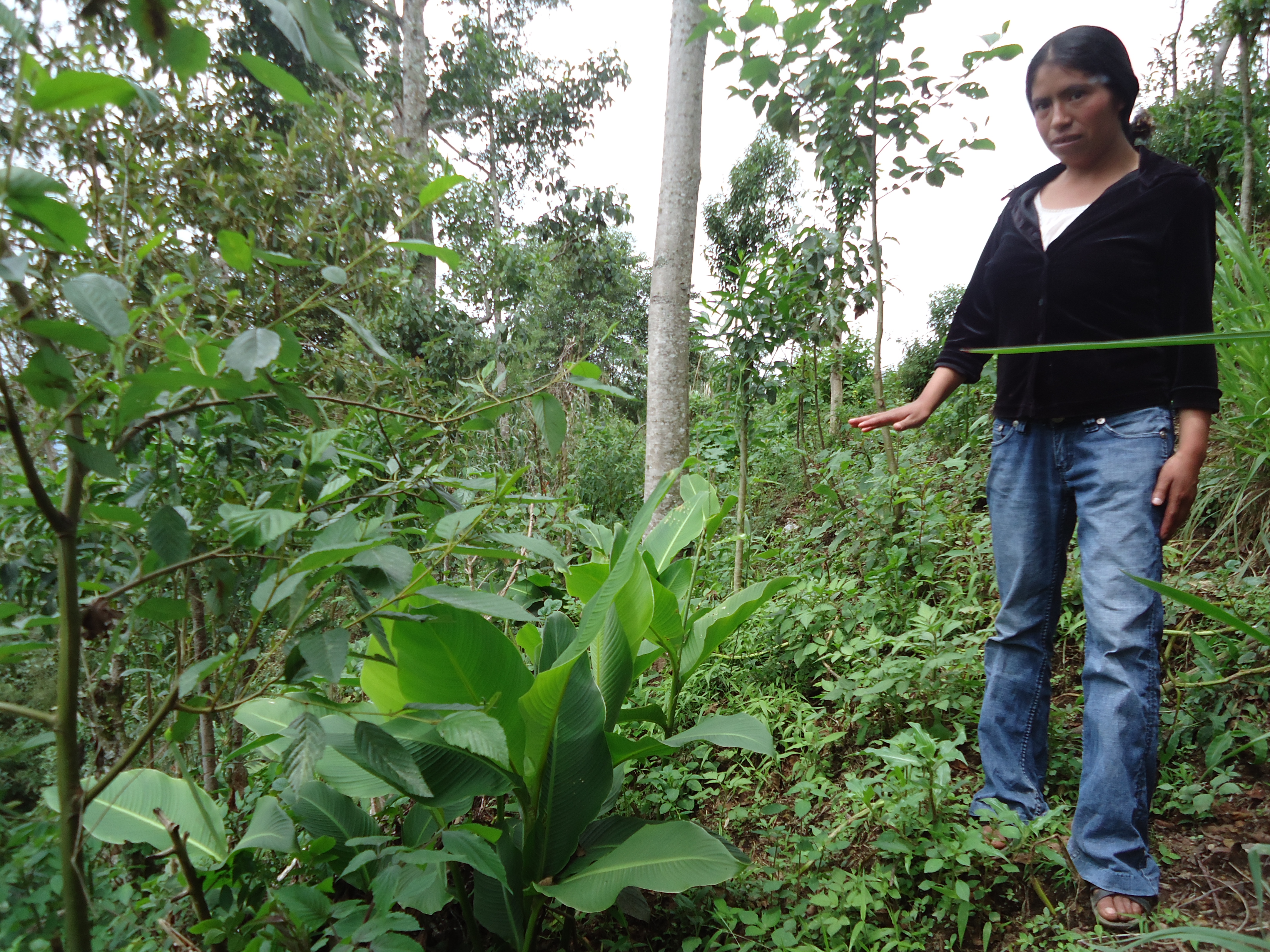
Project Brief / Fact Sheet
PIFs
In the San Marcos department of Northwestern Guatemala, the indigenous people (Mayan Mam) of the Chocabj community are faced with climate change variability that threaten their existence and the ecosystems they rely on. Erratic rainfall and droughts cause water shortage for human consumption and agriculture irrigation and the torrential rains cause landslides that put people’s lives in danger and natural resources in peril. Along with the rest of the Guatemala and other countries in Central America, the communities are still coping with damages from Hurricane Stan that have affected infrastructure, crops and water resources. With the continuous climate change impacts, the communities need to learn sustainable adaptive solutions to make them, and the ecosystems they rely on, resilient.
Another challenge in the project sites are the low literacy rate of the Mayan Mam people and the lack of gender equality. As reported by UNDP, the Mayan Mam has a literacy rate of 49.4% as compared to the national level rate of 69.1%. Mayan Mam men have a 61.7% literacy rate and the women, a 38.5% rate. The community members do not understand climate change, but do acknowledge that they need to cope with its impacts in a sustainable manner. Additionally, according to the Economic Commission for Latin America and the Carribean (ECLAC), life expectancy for women is higher by 10% than that of a man with 67.2 years for women and 61.4 years for men. With marginalized women representing 52% of the community’s population, the current and future generations are highly vulnerable to climate change adverse impacts.
In this regard, the Community-Based Adaptation project aims to reduce the community’s vulnerability to climate change by through awareness-raising and capacity building workshops. Through a participatory approach, an action plan on sustainable natural resource management (reforestation, soil conservation, terracing) and biodiversity conservation are developed and executed by the communities themselves with technical support and advice from UNDP and its partners including the implementing NGO. Gender mainstreaming, volunteerism and social inclusion are big focuses of the project. Irrespective of age, gender and physical and mental abilities, every member of the community has a voice and a role in the project as they contribute critical knowledge to the project. Best practices and lessons learned from the project are disseminated and replicated in other communities to help them adapt to climate change. Additionally, the project’s successes are upscaled and aimed to influence policies at the local and national levels.
Project Objective:
Develop organized community actions, voluntary and responsible facing climate change and local impacts such as landslides, poor rainfall, reduced water sources and sudden changes in climate, which in turn allow soil conservation and species local representative, with local and global economic interests.
Outcome 1.0: The community established a community nursery and produces native species such as Pinus rudis (red pine) Pinusayachahuite (white pine), Alnus ssp. (Alder), Chiratodendrum pentadactylla (canaque) mainly.
Output 1.1: A community nursery is installed and working for the purposes stated.
Output 1.2: Are produced 10.000 trees of native species to reforest areas Chocabj community.
Outcome 2.0: 26 are constructed organic composting and help fertilize the soil structure of partners and associates.
Output 2.1: Technical training on the construction of composting to 26 partners and associates.
Output 2.2: 26 aboneras are built, they are applied to maintenance and grounds partners and associates.
Outcome 3.0: The partners and associates have built 3.5 hectares. of soil conservation structures commensurate with the status of their land as a measure of adaptation to climate change in erosion and landslides.
Output 3.1: 26 partners and members participate in a training process on soil conservation through terracing, ditches, hedgerows or dead.
Output 3.2: 26 partners and members have soil conservation by applying the knowledge gained by establishing at least 1.2 hectares.terraces and 2.4 hectares. using barriers.
Output 3.3: The soil conservation structures have established maintenance.
Outcome 4.0: The partners and associates have been trained in agricultural techniques with low environmental impact and oriented to organic production.
Output 4.1: 26 partners and associates are trained in production Creole potato (Solanum spp.).
Output 4.2: 26 members are trained in the art of producing Lumbricompost.
Output 4.3: 26 partners and associates are trained in the proper use and handling of pesticides.
Output 4.4: 26 partners and associates are trained in the production of organic fertilizers.
Output 4.5: 26 partners and associates are trained in the production of organic leaf.
Outcome 5.0: The partners and associates have planted the template produced in the nursery (reforestation), reforesting 10 hectares.purpose of protecting its watershed, obtain energy forests and protection of water sources.
Output 5.1: 26 partners and members receive training on reforestation.
Output 5.2: 10,000 trees are planted in agreement and have maintenance.
Outcome 6.0: The group has been strengthened knowledge on adaptation and mitigation of climate change and organization.
Output 6.1: Training on climate change and adaptation to climate change, led to 26 partners and associates are made.
Output 6.2: Training and marketing organization, led to 26 partners and associates are made.
Outcome 7.0: The organization has been strengthened in its administrative and operational capacity.
Output 7.1: 26 partners and members are strengthened in their capacity for monitoring and tracking.
Output 7.2: 26 partners and members are strengthened in their administration.
Output 7.3: A board is strengthened in its capabilities.
Monitoring and evaluation for community-based adaptation is a new field, and the CBA project is piloting innovative approaches to evaluating the success of locally-driven adaptation projects, and generating lessons to inform ongoing practice.
Key considerations in M&E for CBA include:
- Grounding M&E in the local context: M&E for CBA should avoid overly rigid frameworks, recognizing community heterogeneity and maintaining local relevance
- Capturing global lessons from local projects: CBA projects are highly contextualized, but lessons generated should be relevant to stakeholders globally
- Incorporation of both quantitative and qualitative indicators: to ground projects in tangible changes that can be objectively evaluated, and to capture lessons and case studies for global dissemination
To these ends, the CBA project uses three indicator systems: the Vulnerability Reduction Assessment, the Small Grants Programme Impact Assessment System, and the UNDP Climate Change Adaptation Indicator Framework.
The Vulnerability Reduction Assessment (VRA)
The VRA is a question-based approach with the following aims:
- To make M&E responsive to community priorities
- To use M&E to make projects more accountable to local priorities
- To make M&E capture community ideas and local knowledge
- To gather community-level feedback to guide ongoing project management
- To generate qualitative information
- To capture lessons on specific issues within community-based adaptation
- To generate case studies highlighting adaptation projects
The VRA follows UNDP's Adaptation Policy Framework, and is measured in a series of meetings with local community stakeholders. In these meetings, locally-tailored questions based on standard VRA questions/indicators are posed, and the community assigns a numerical score on a 1-10 scale for each question. Progress is evaluated through changes in scores over the course of implementation, as well as through qualitative data collected in community discussions surrounding the exercise.
UNDP has developed a Users Guide to the VRA (Espanol) (Francais) as a tool to assist practitioners to conceptualize and execute VRA measurements in the context of CBA projects.
The SGP Impact Assessment System (IAS)
The CBA, being a project of the GEF Strategic Priority on Adaptation, aims to increase the resilience of ecosystems and communities to the impacts of climate change, generating global environmental benefits, and increasing their resilience in the face of climate change impacts. To this end, the CBA projects use the SGP's impact assessment system for monitoring achievements in GEF focal areas (focusing primarily on biodiversity and sustainable land management).
The IAS is composed of a number of quantitative indicators which track biophysical ecosystem indicators, as well as policy impact, capacity development and awareness-building.
UNDP Climate Change Adaptation Indicator Framework
CBA projects also track quantitative indicators from UNDP's adaptation indicator framework, corresponding to the thematic area on natural resources management. More information on UNDP's indicator framework can be found on the UNDP climate change adaptation monitoring and evaluation website.
* This description applies to all projects implemented through UNDP's Community-Based Adaptation programme. Specific details on this project's M&E will be included here as they become available. *



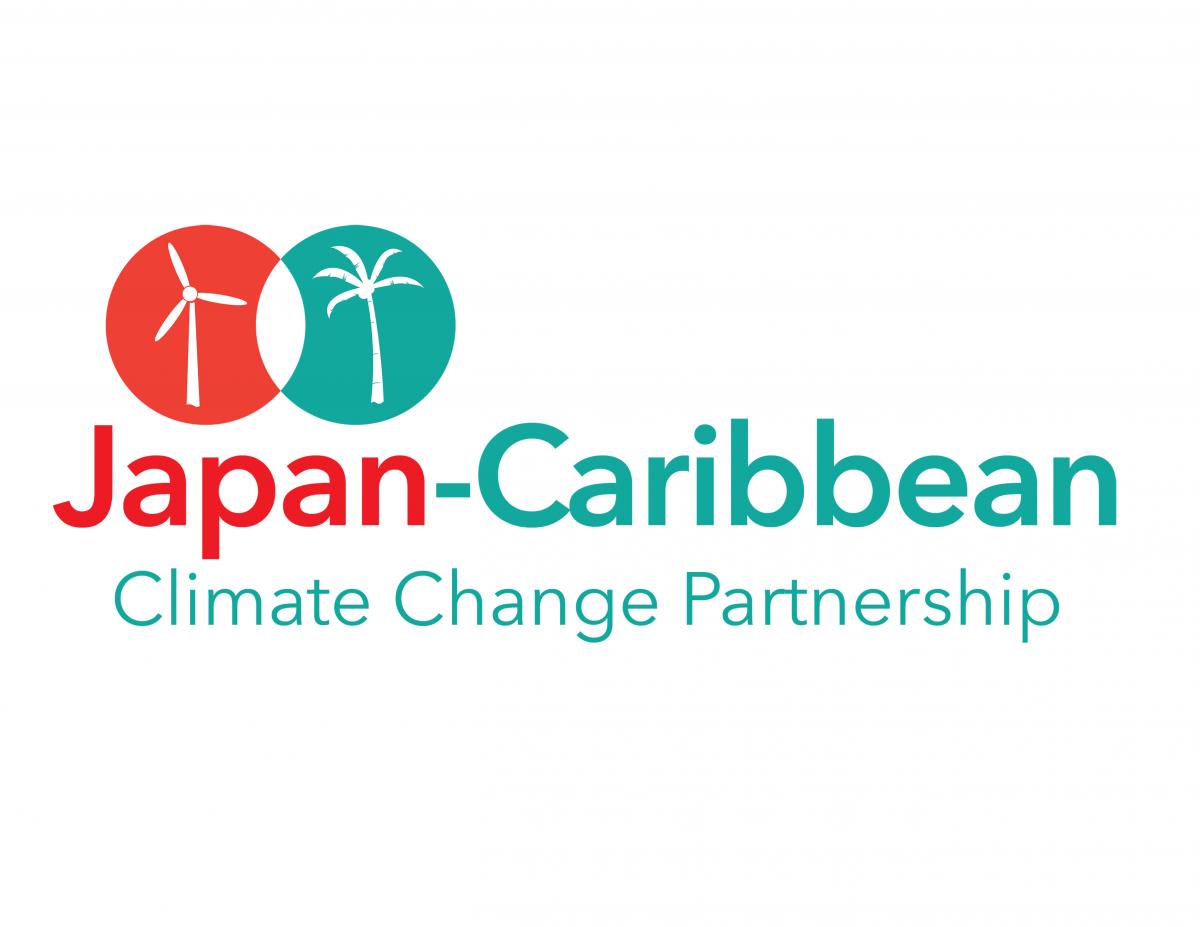

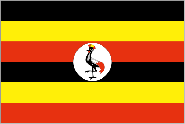

 Press Release - Developing of Impact Indicators for the Ecosystem-based Adaptation Project in Uganda takes off, 31 Jul 2014
Press Release - Developing of Impact Indicators for the Ecosystem-based Adaptation Project in Uganda takes off, 31 Jul 2014